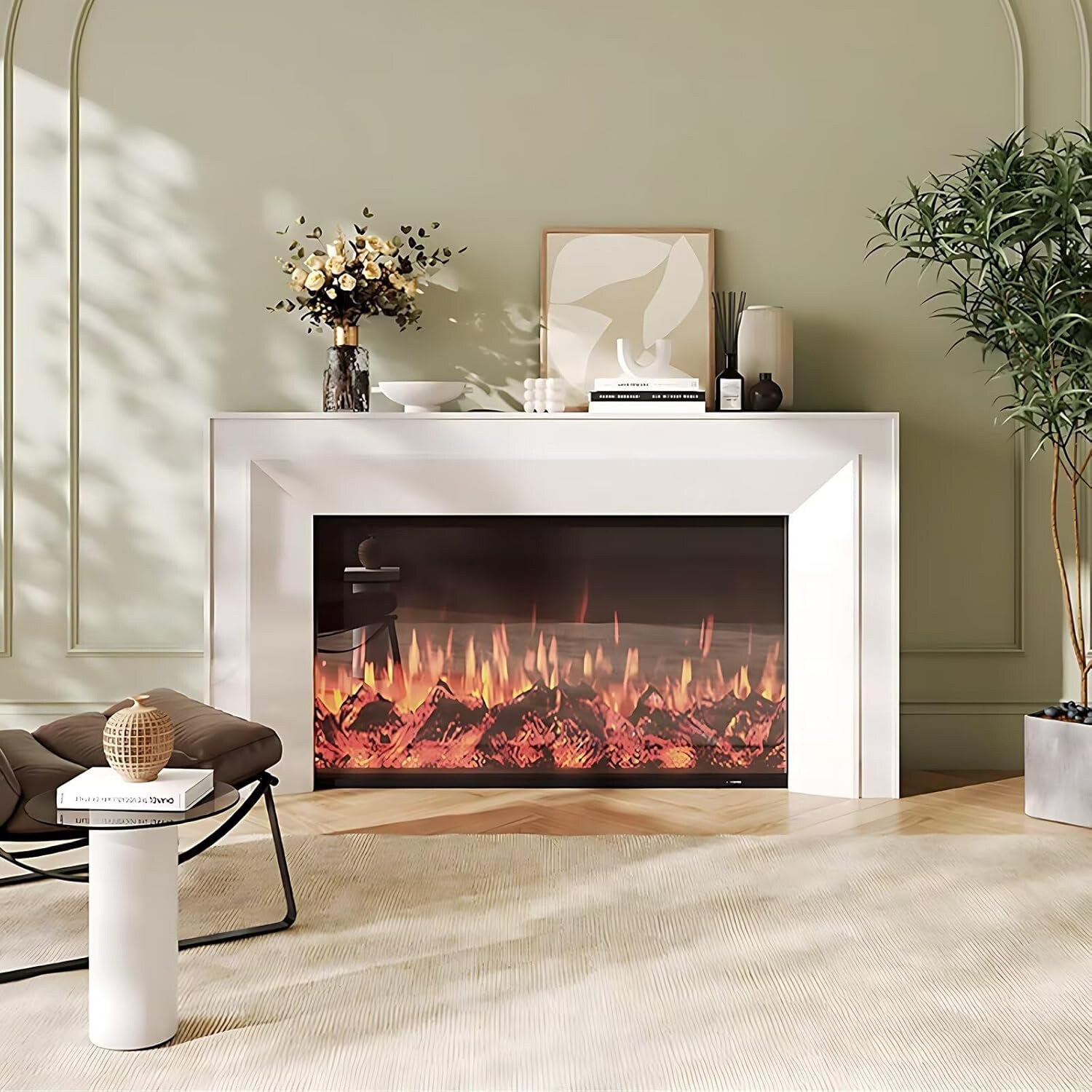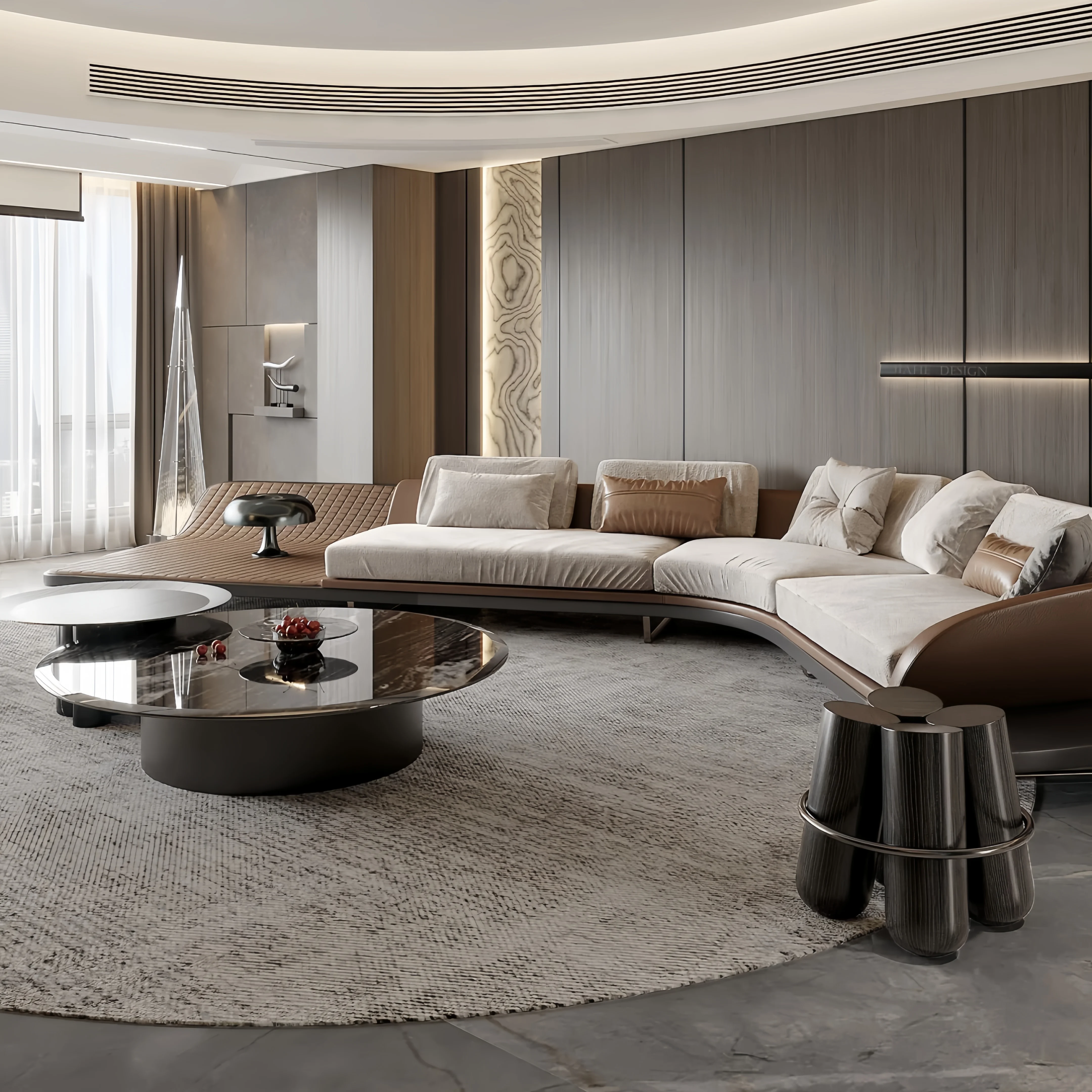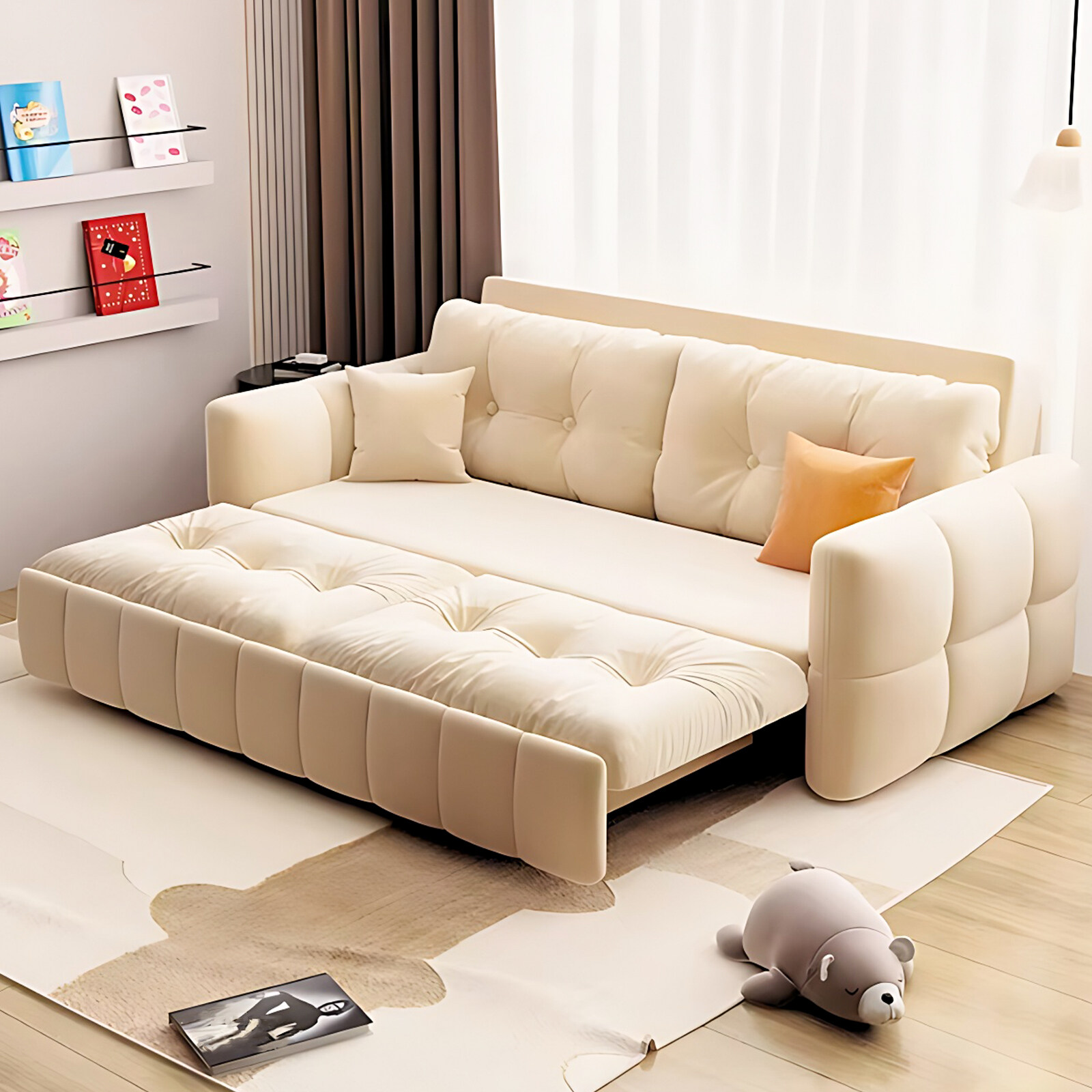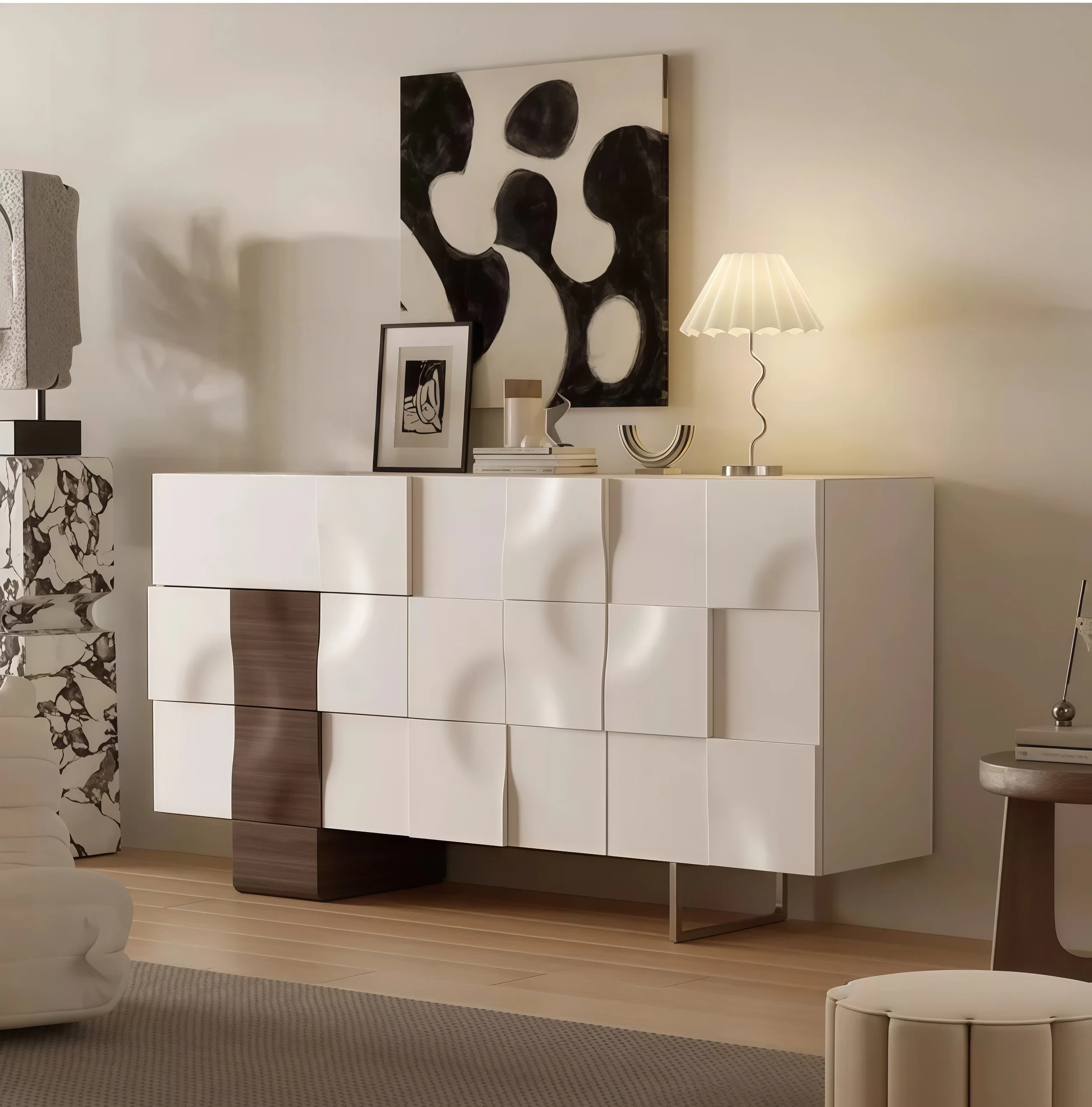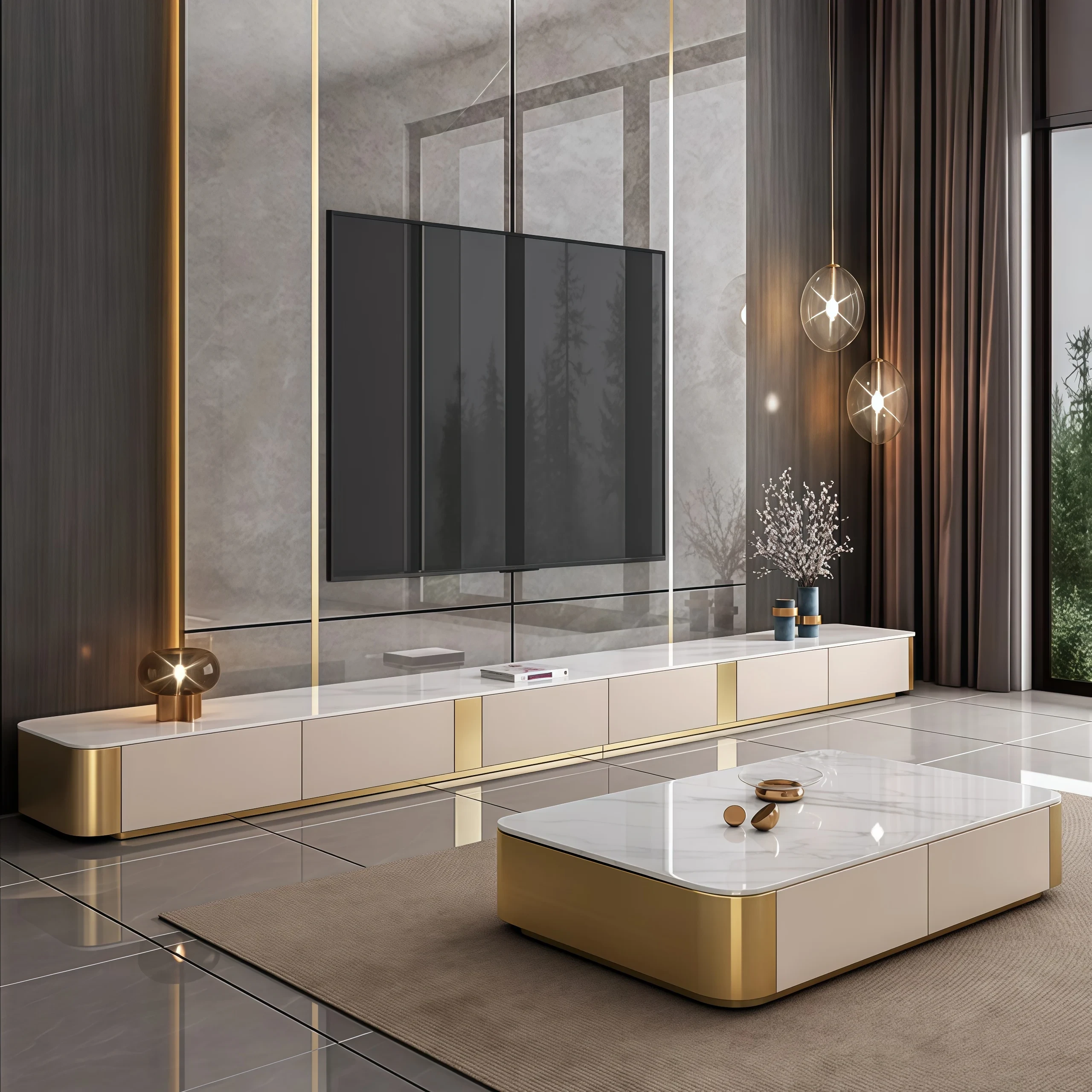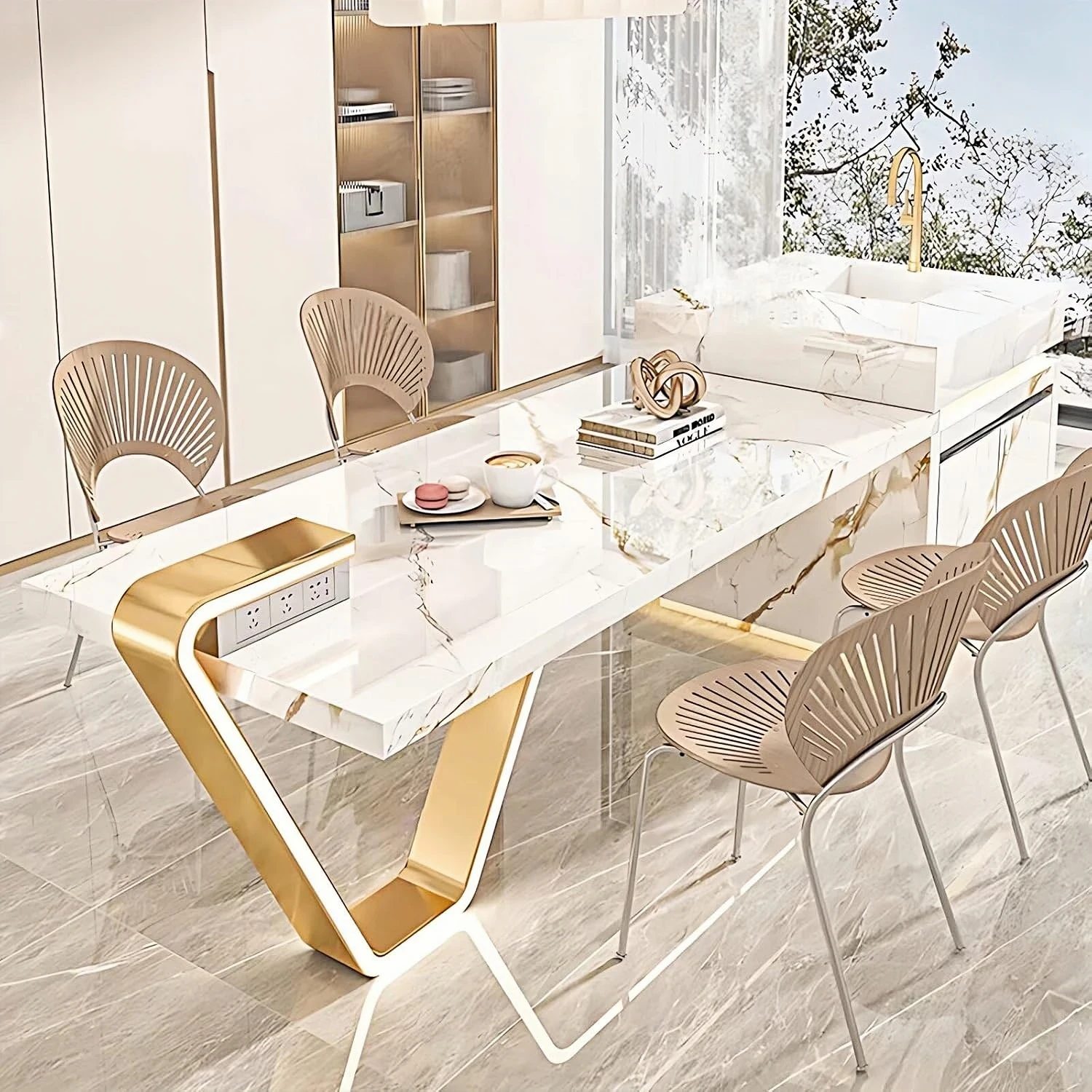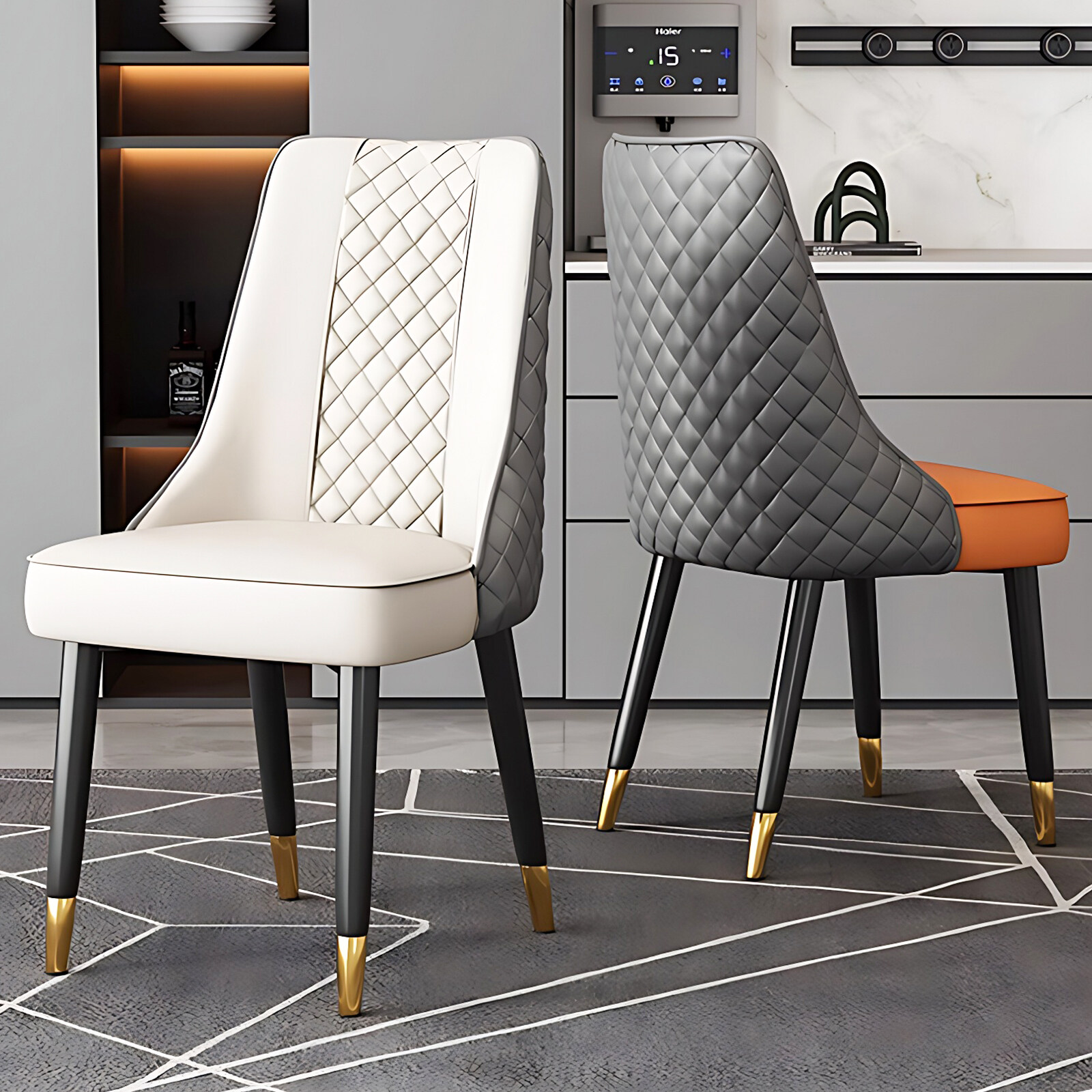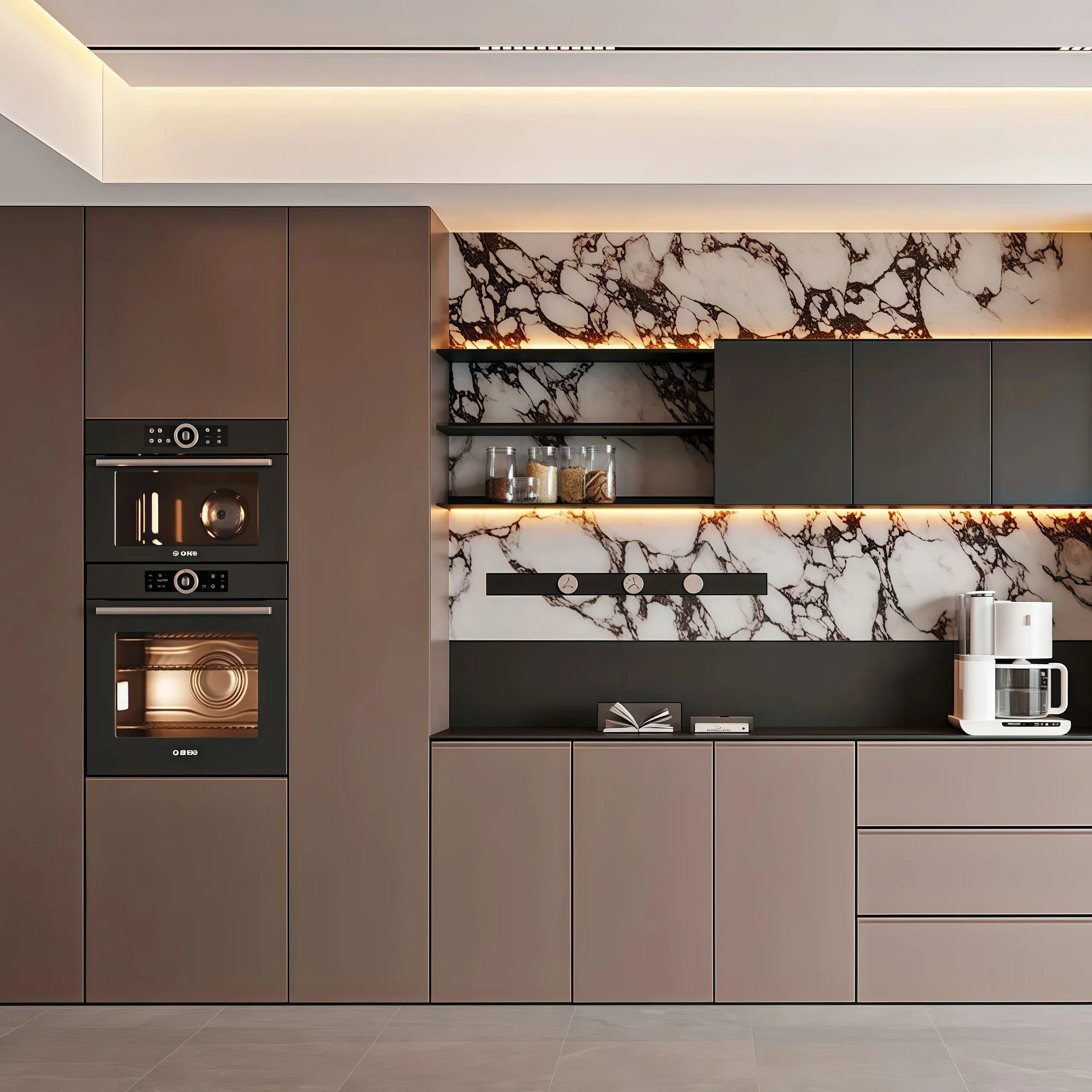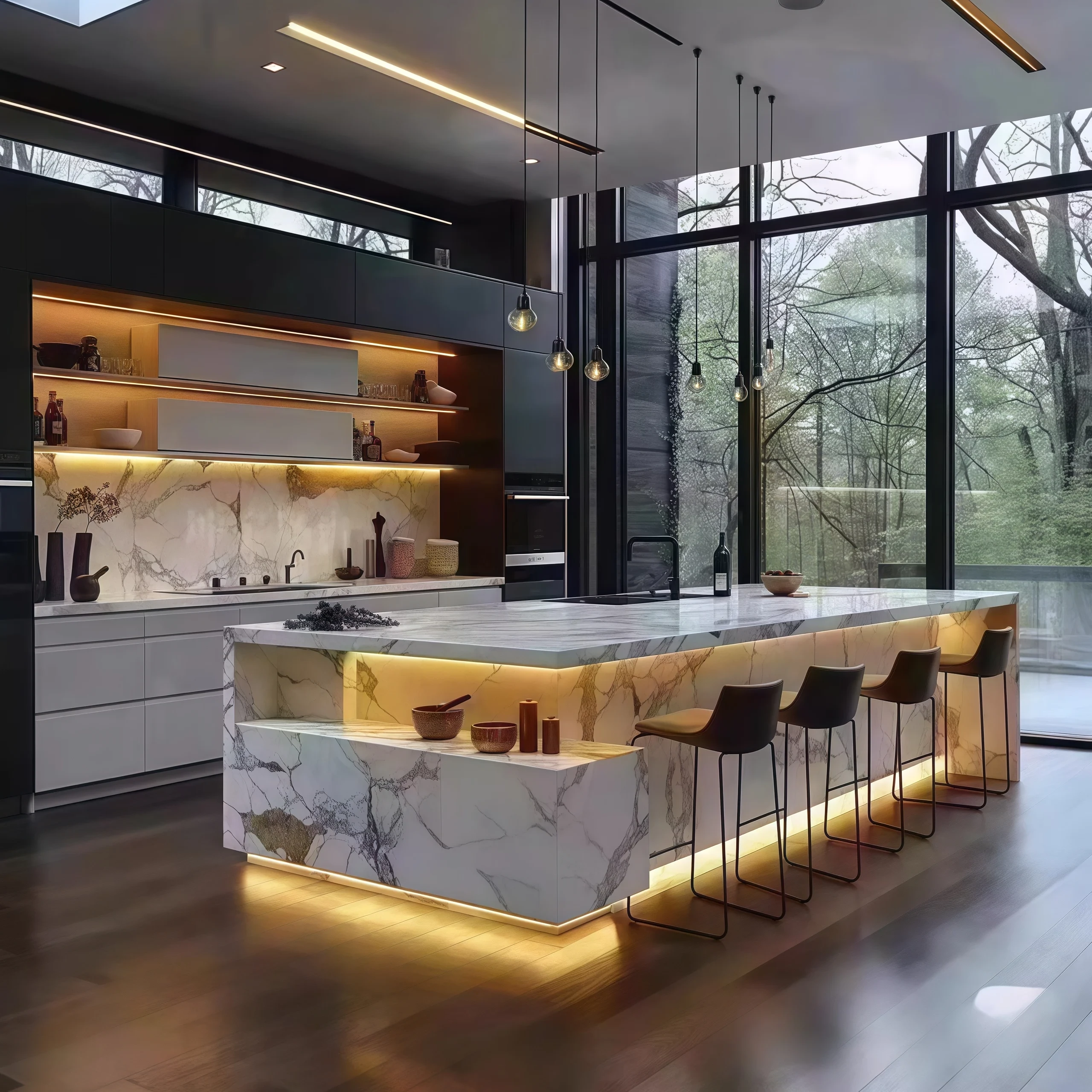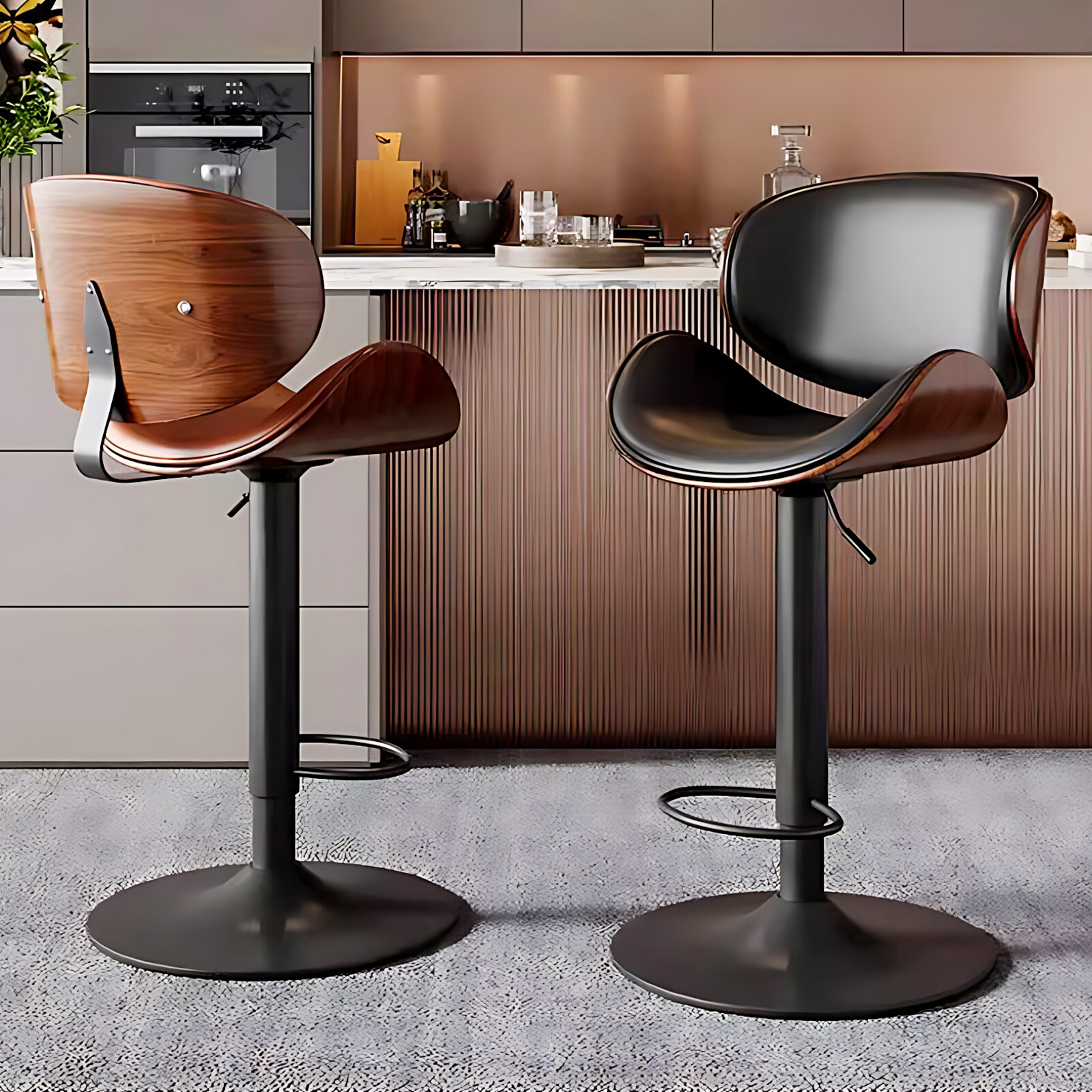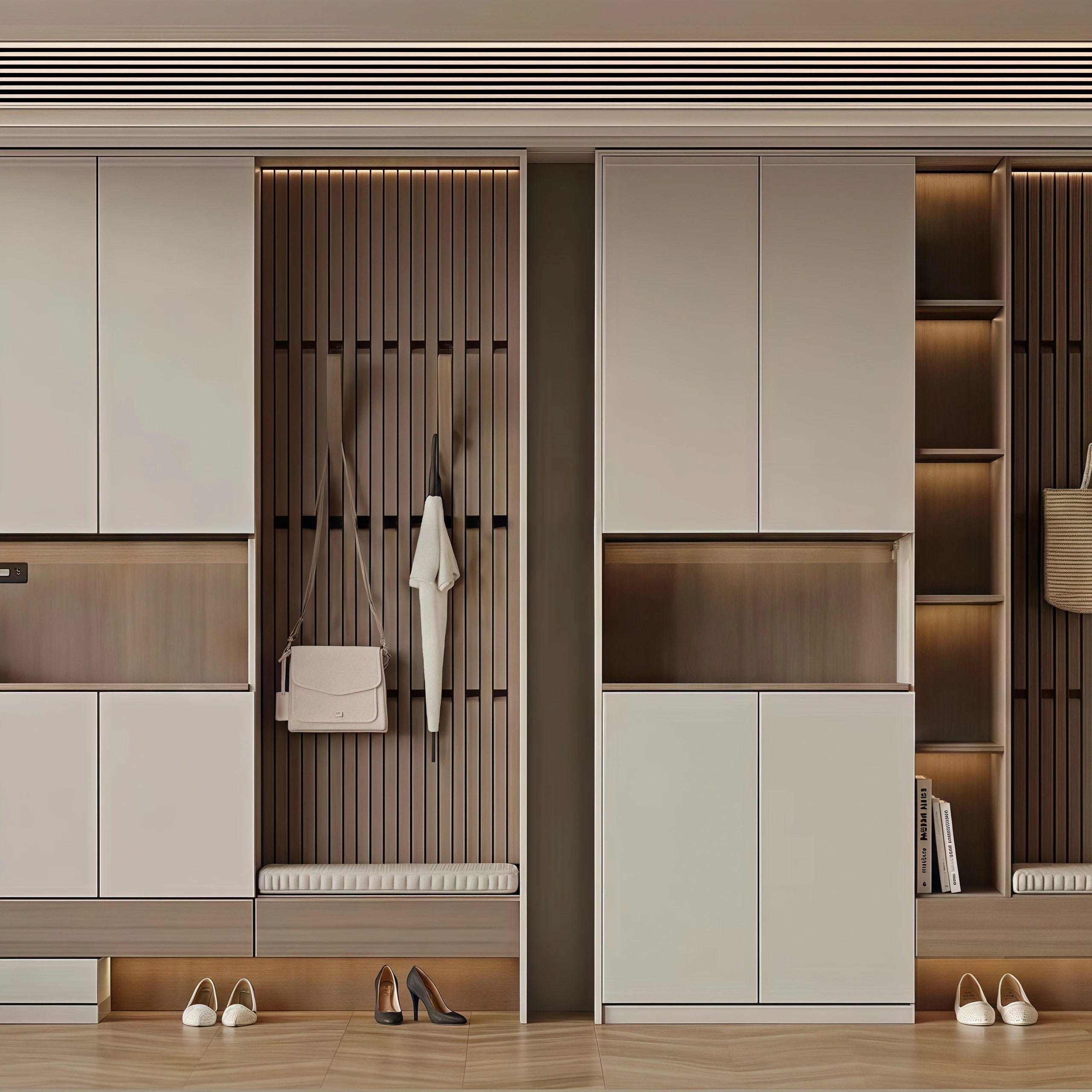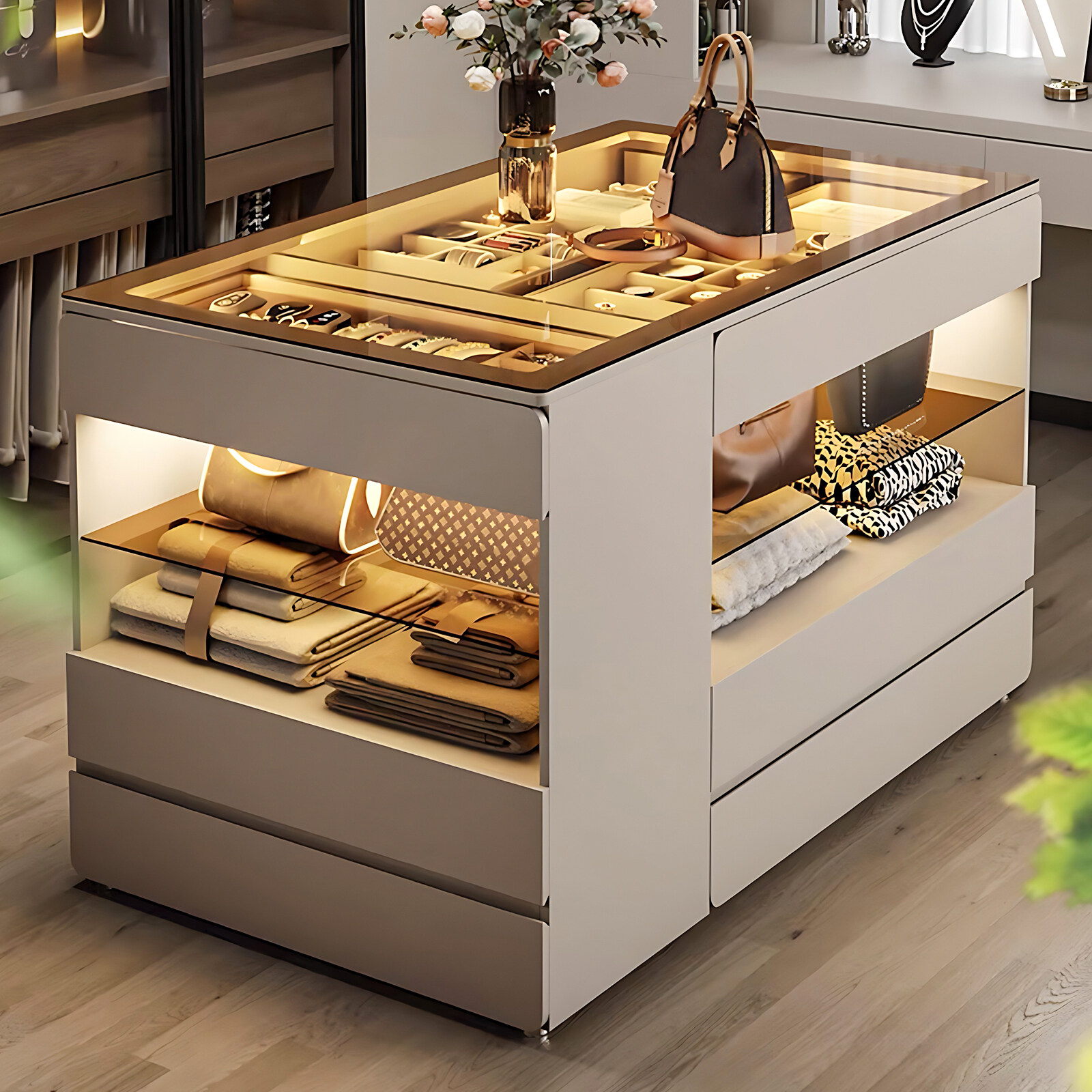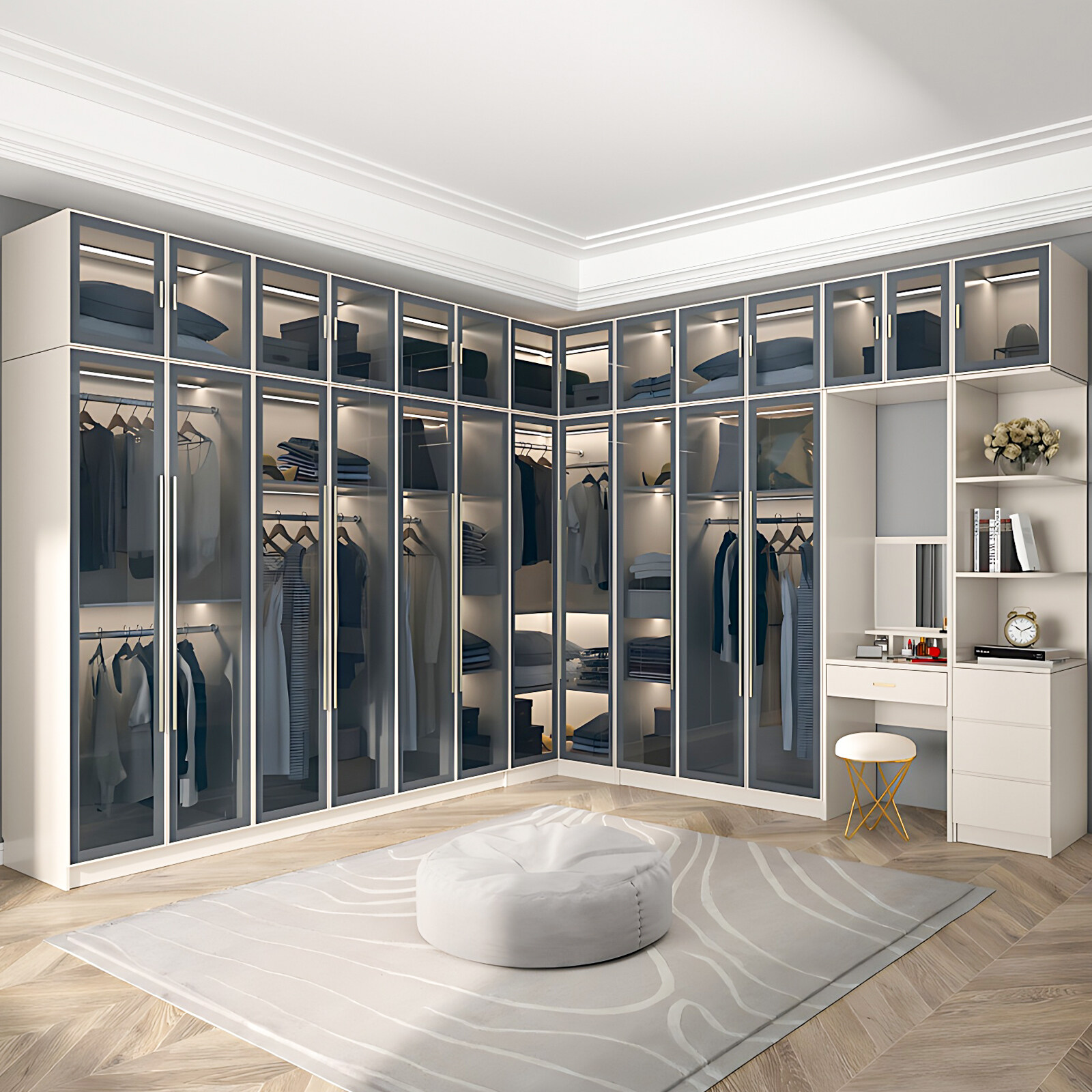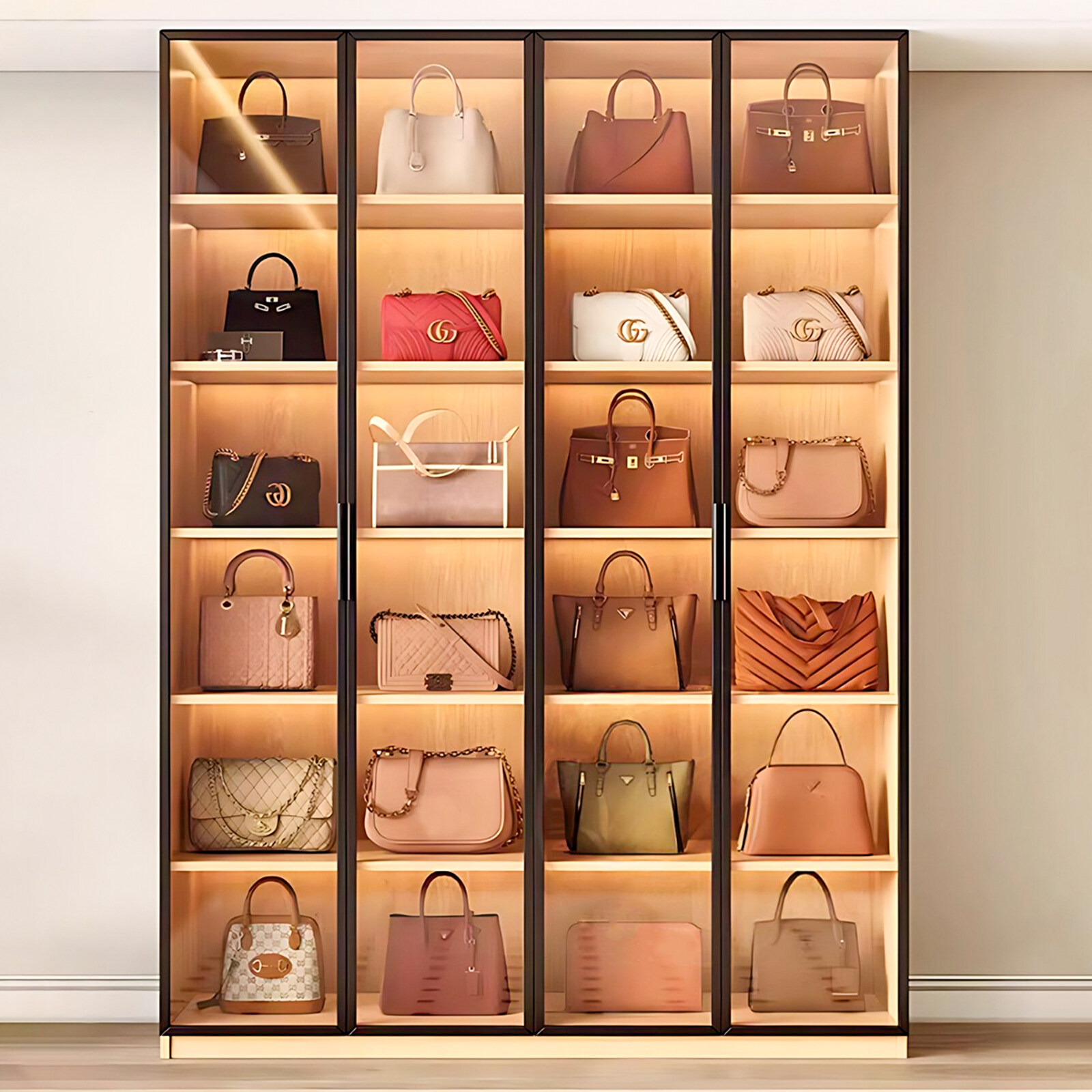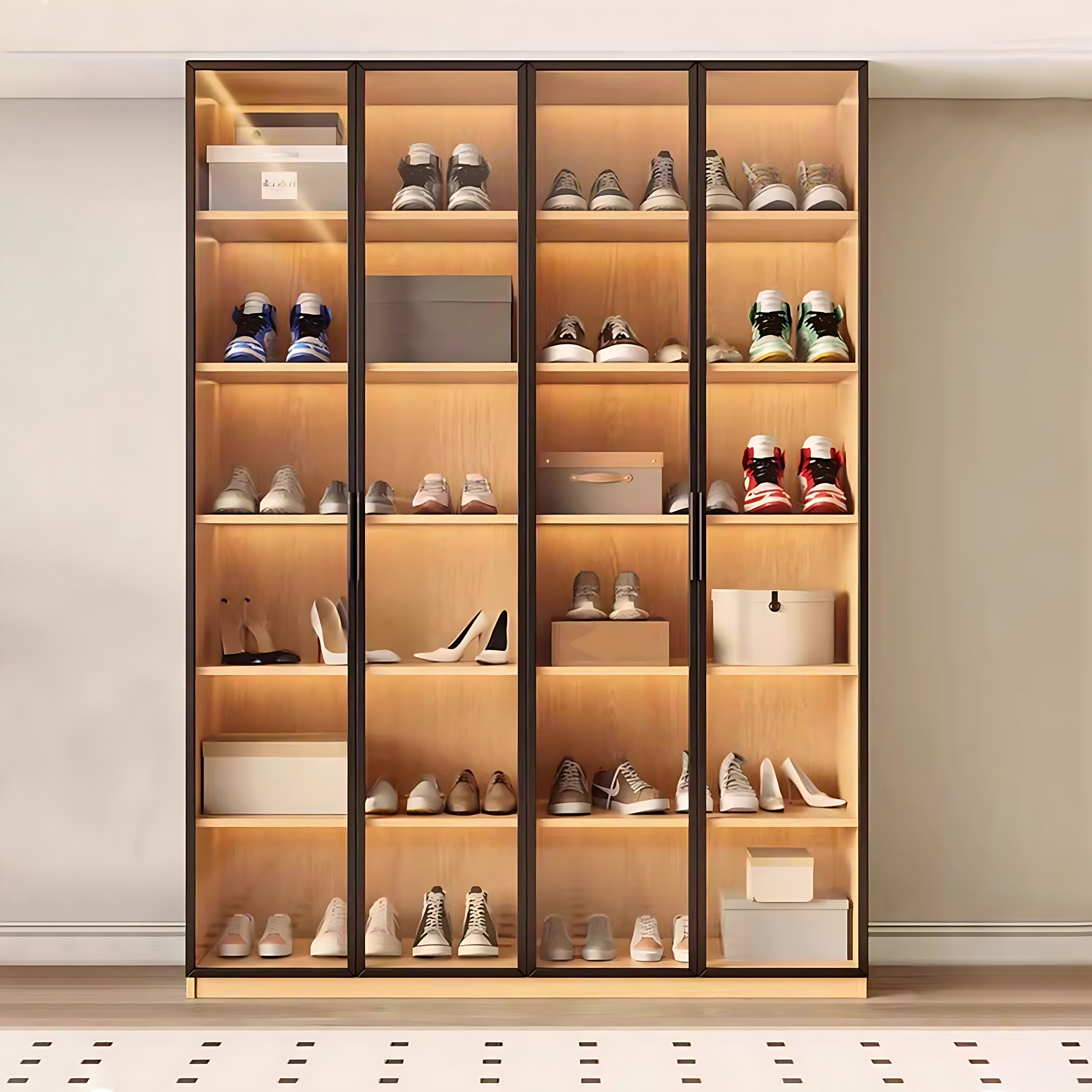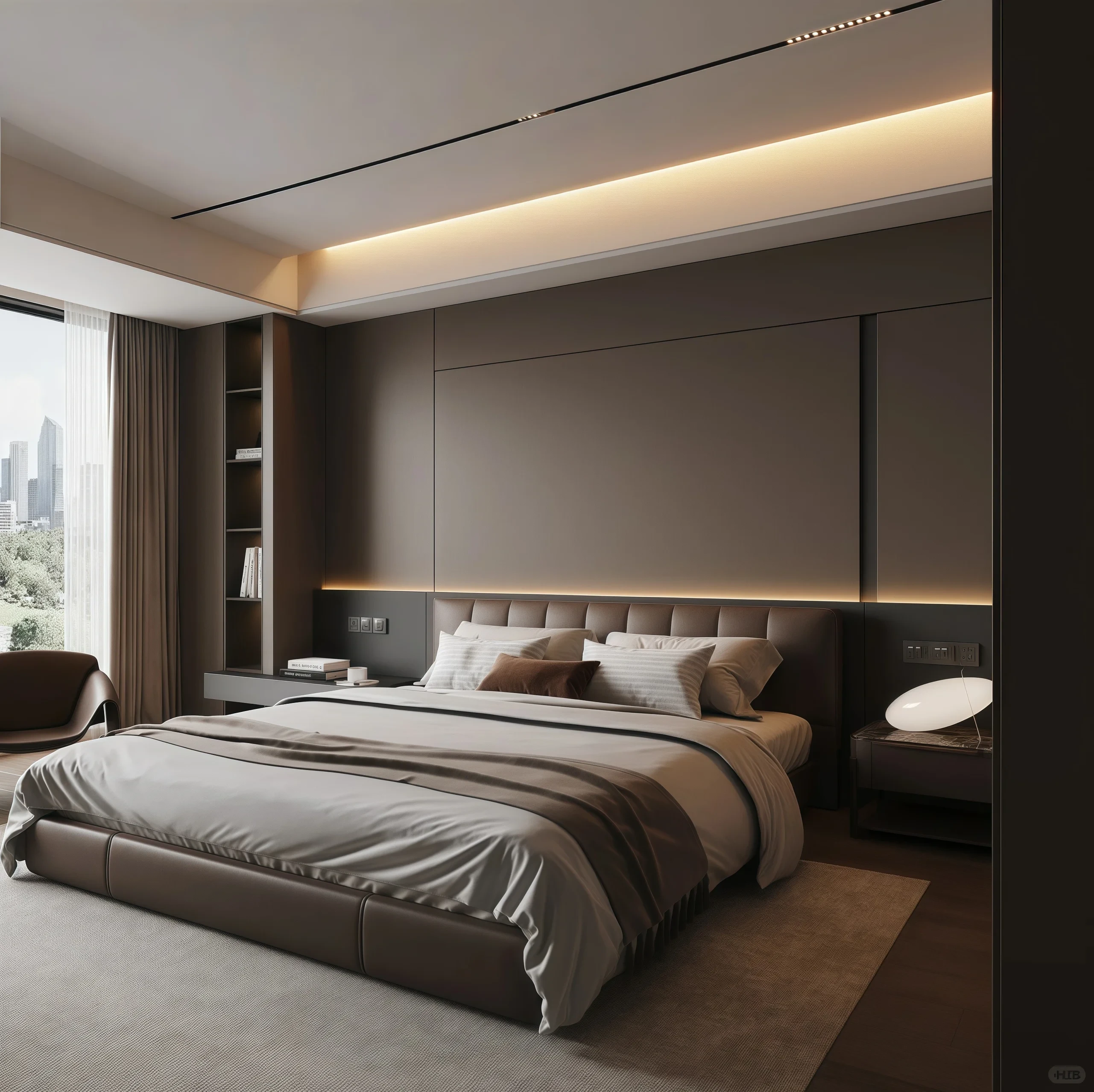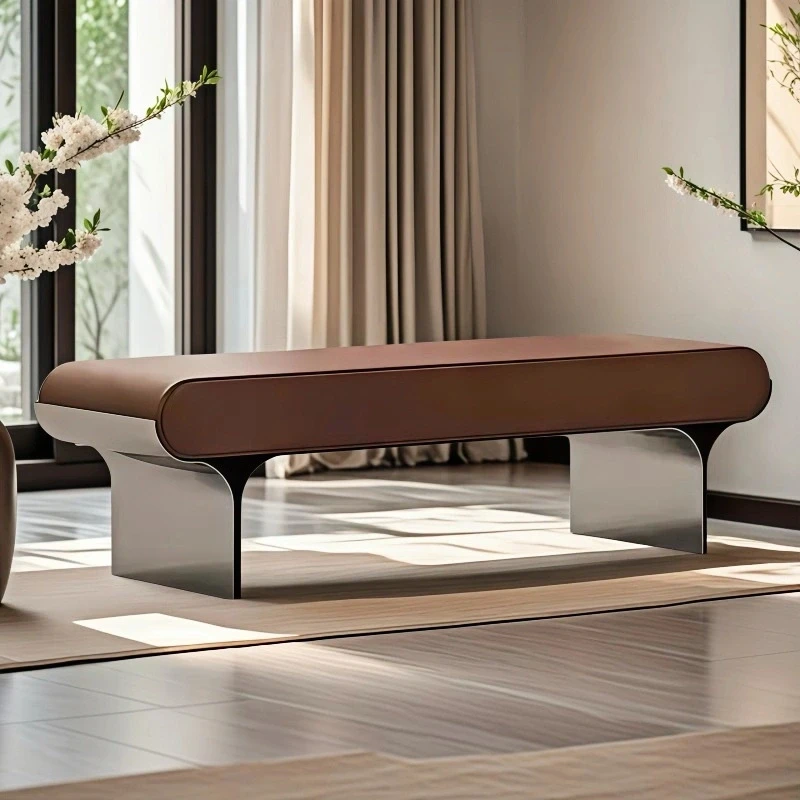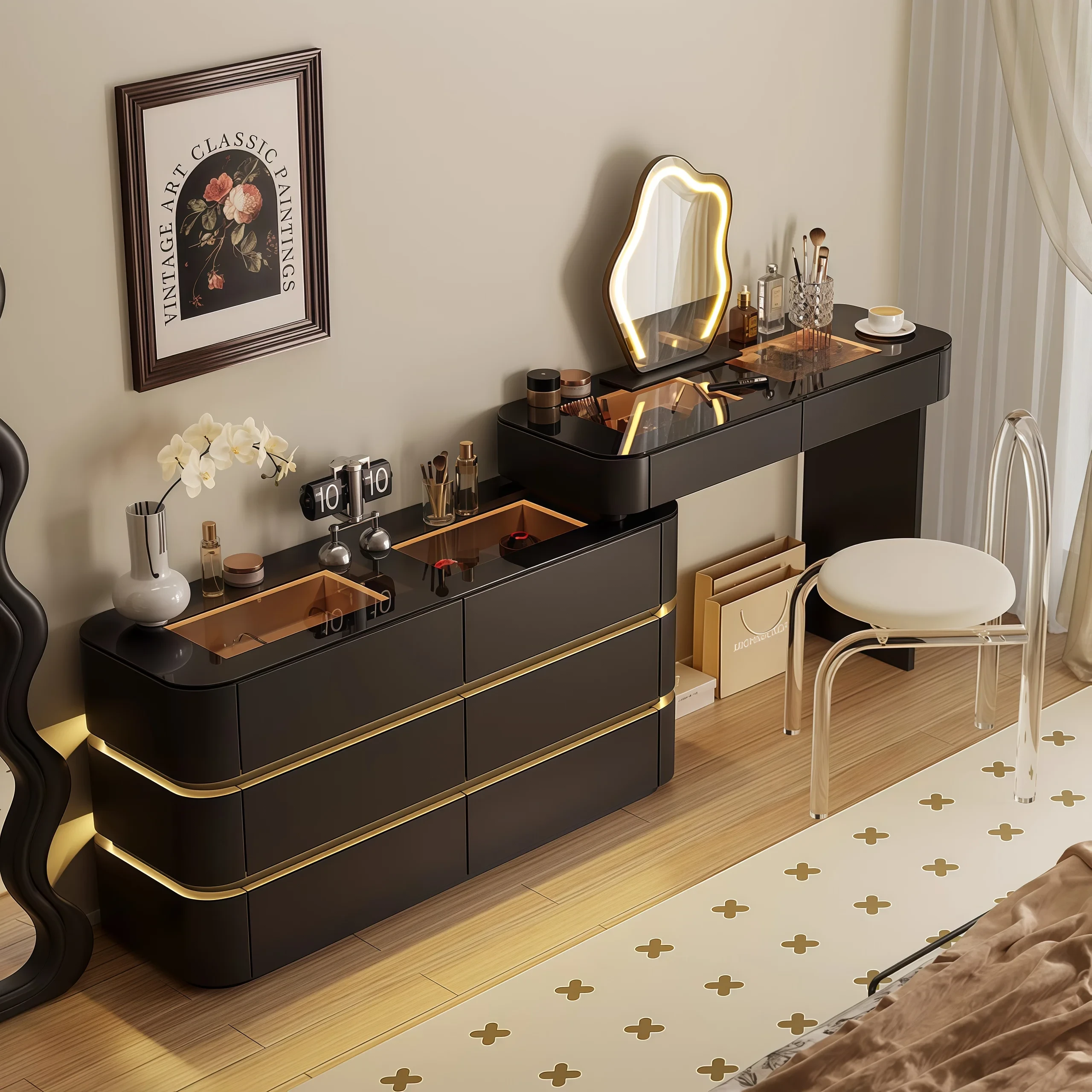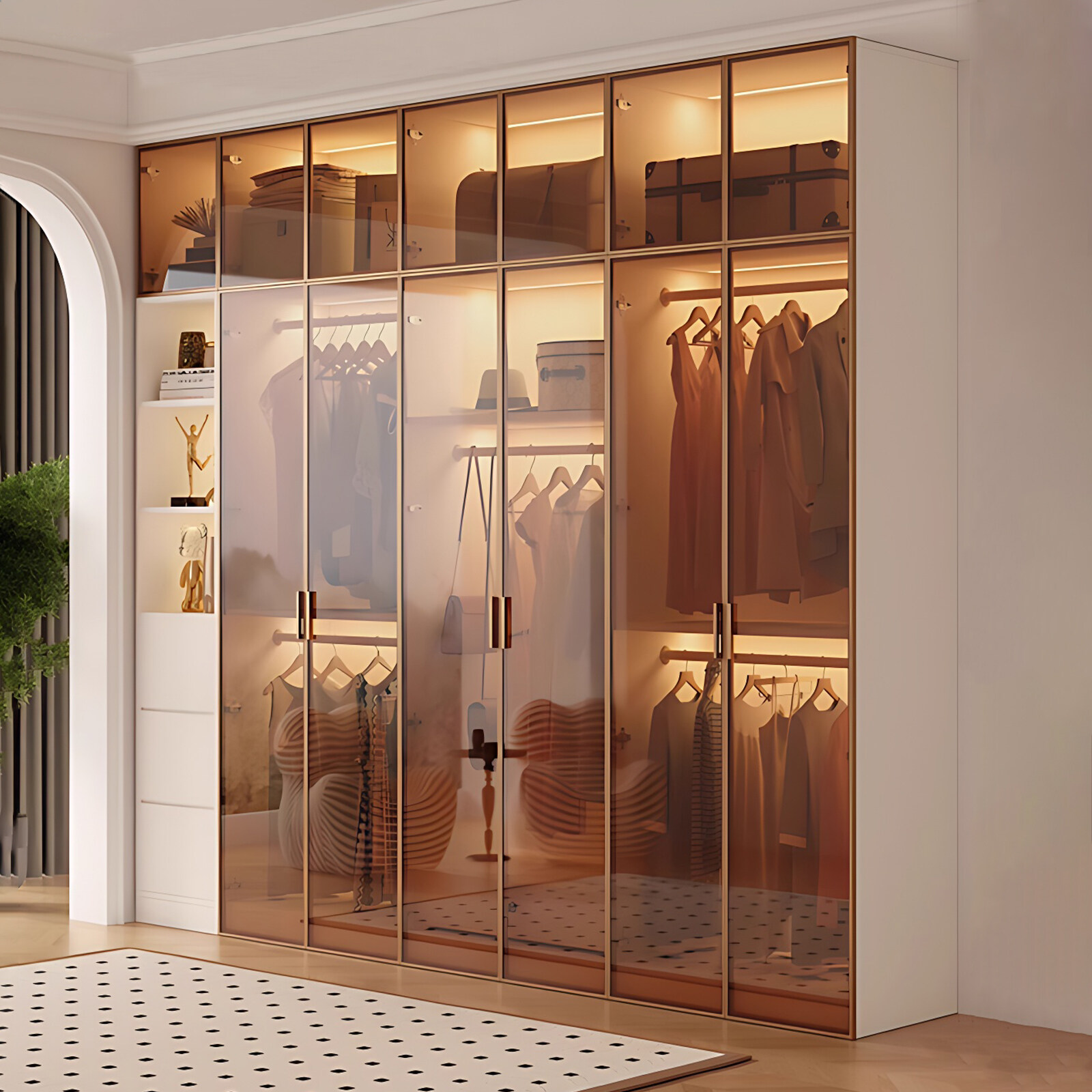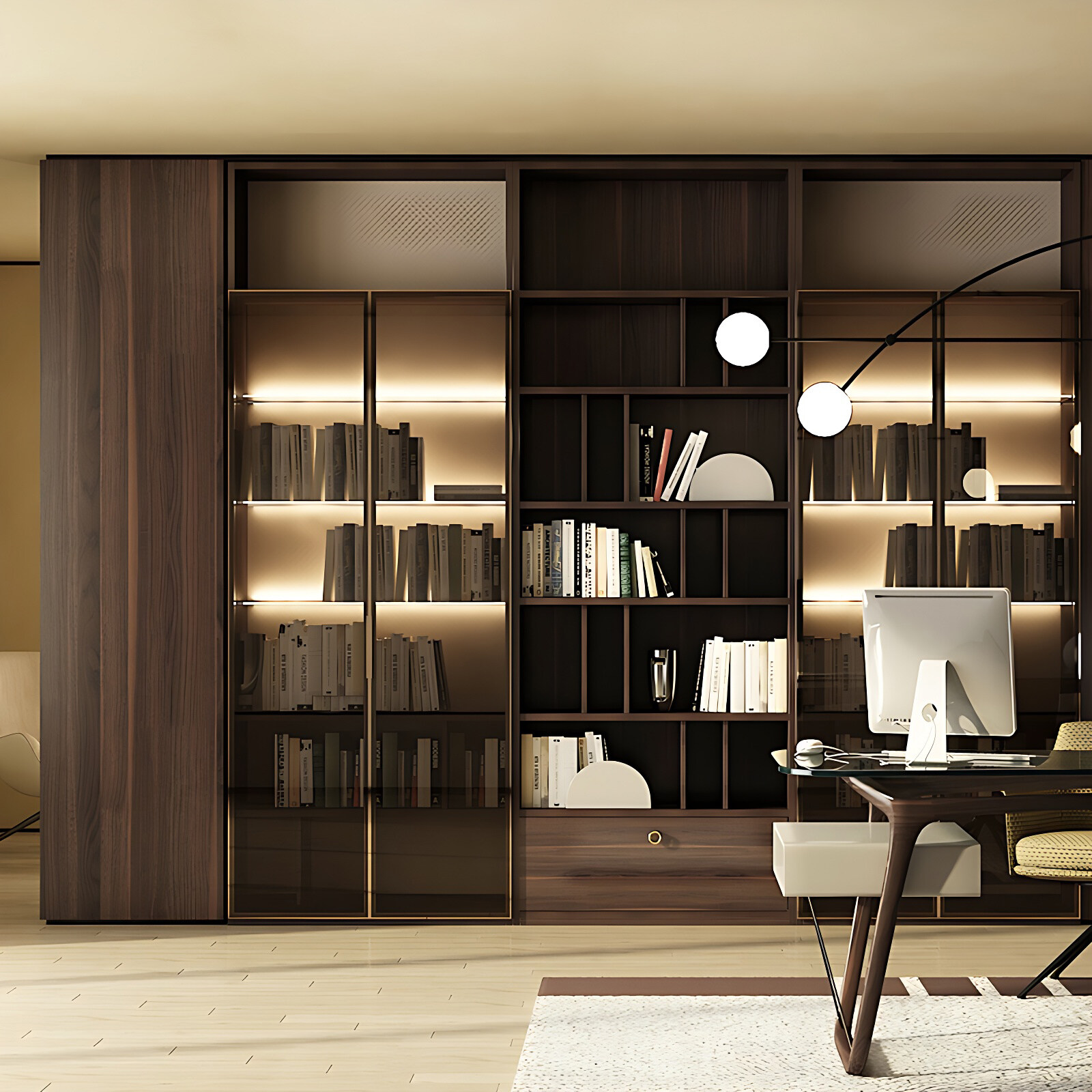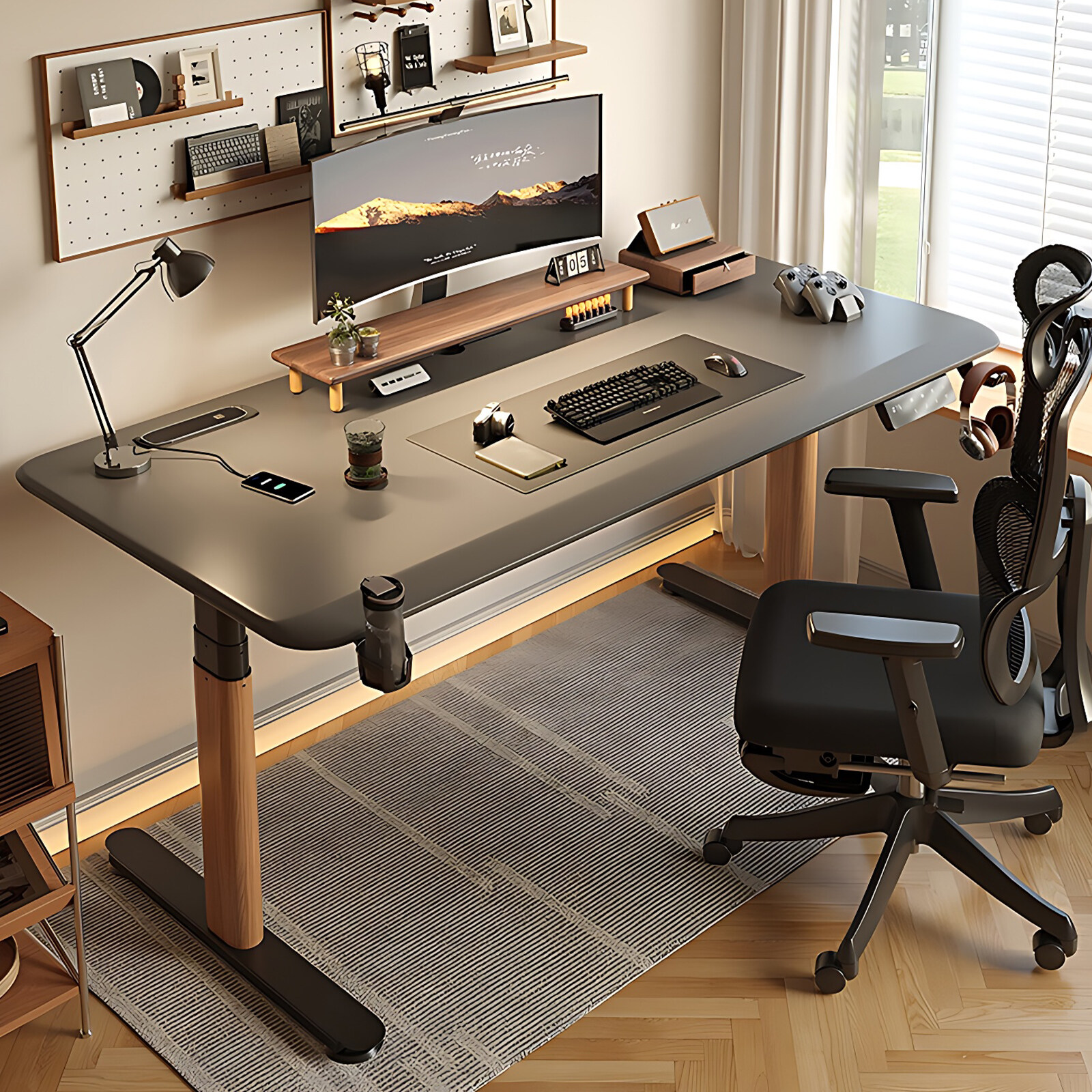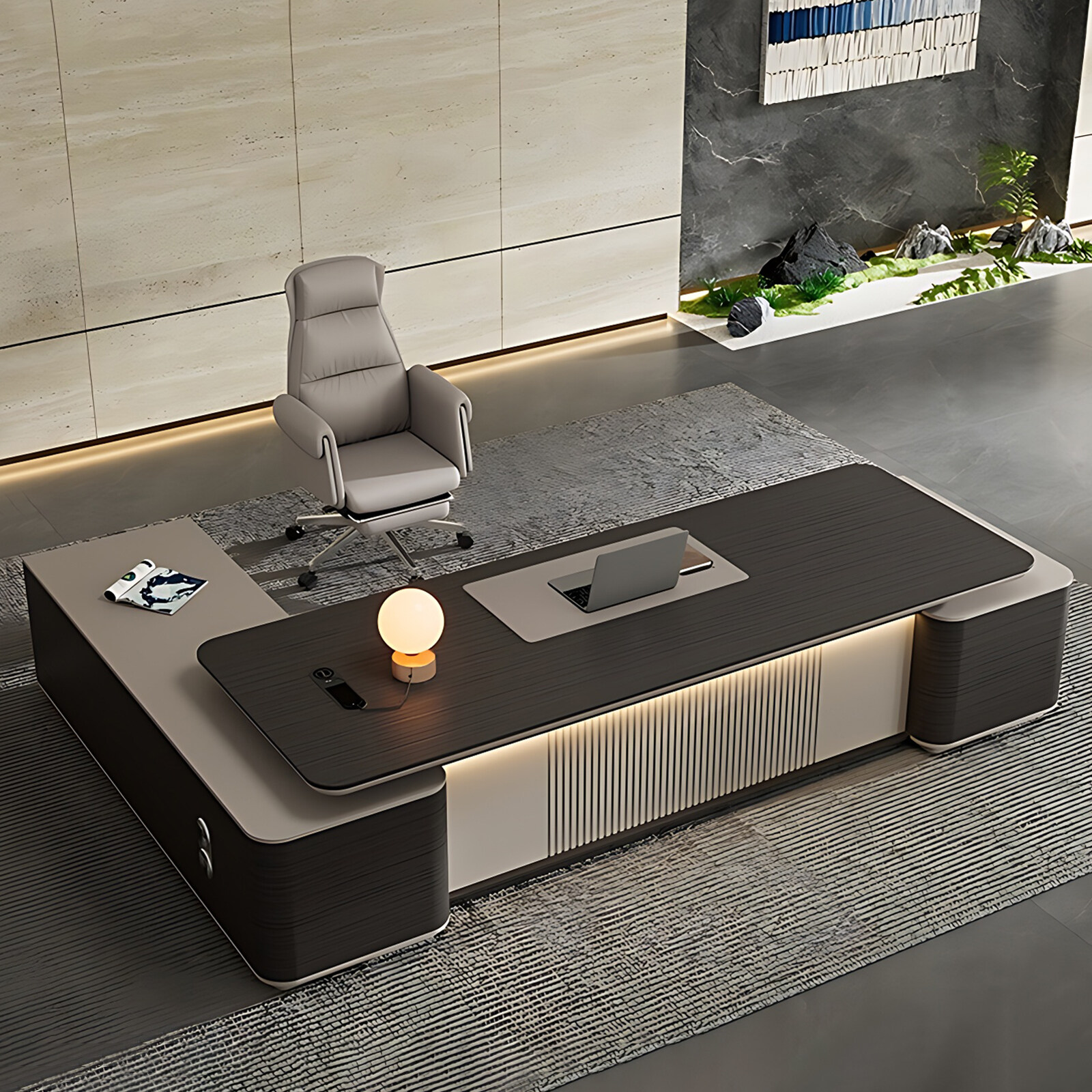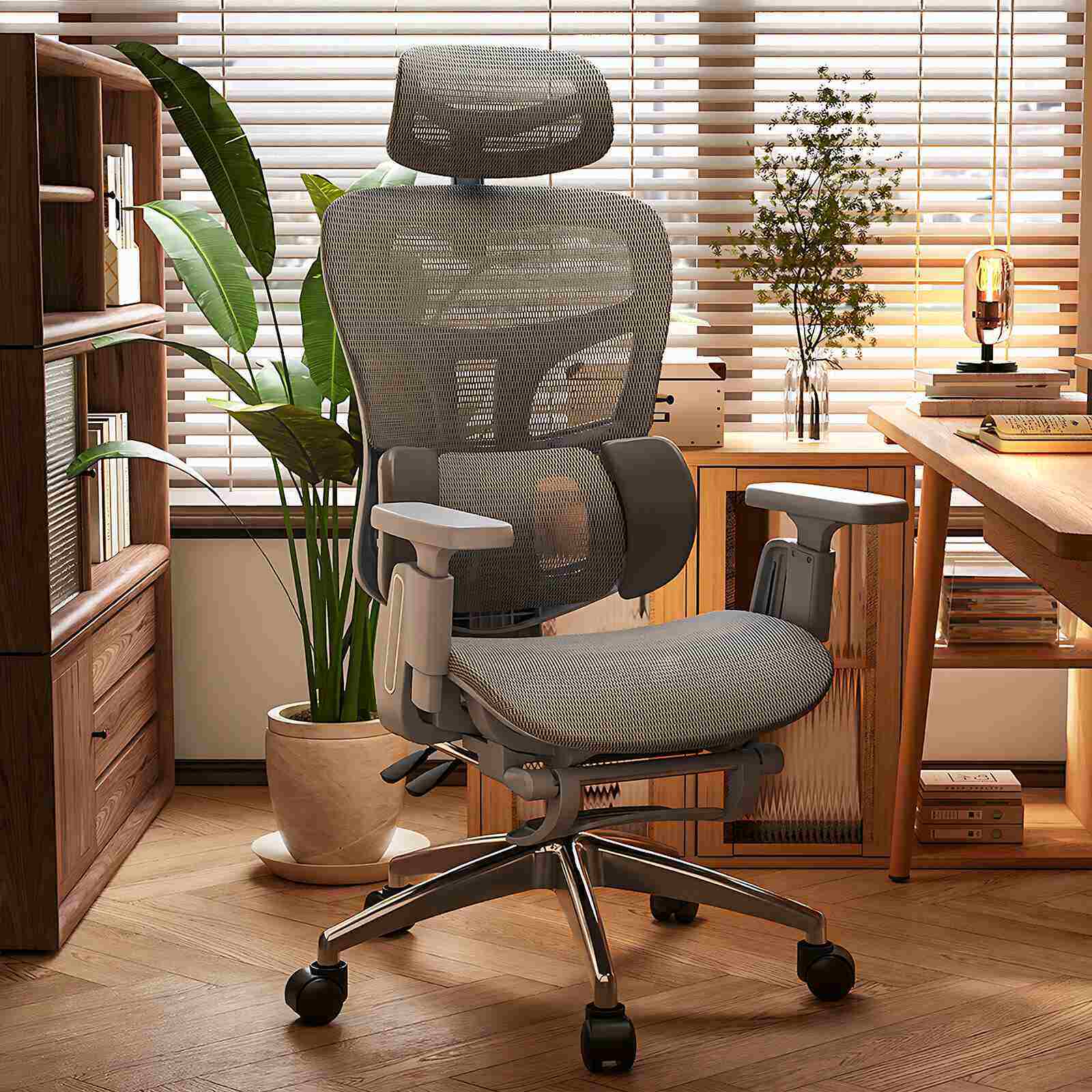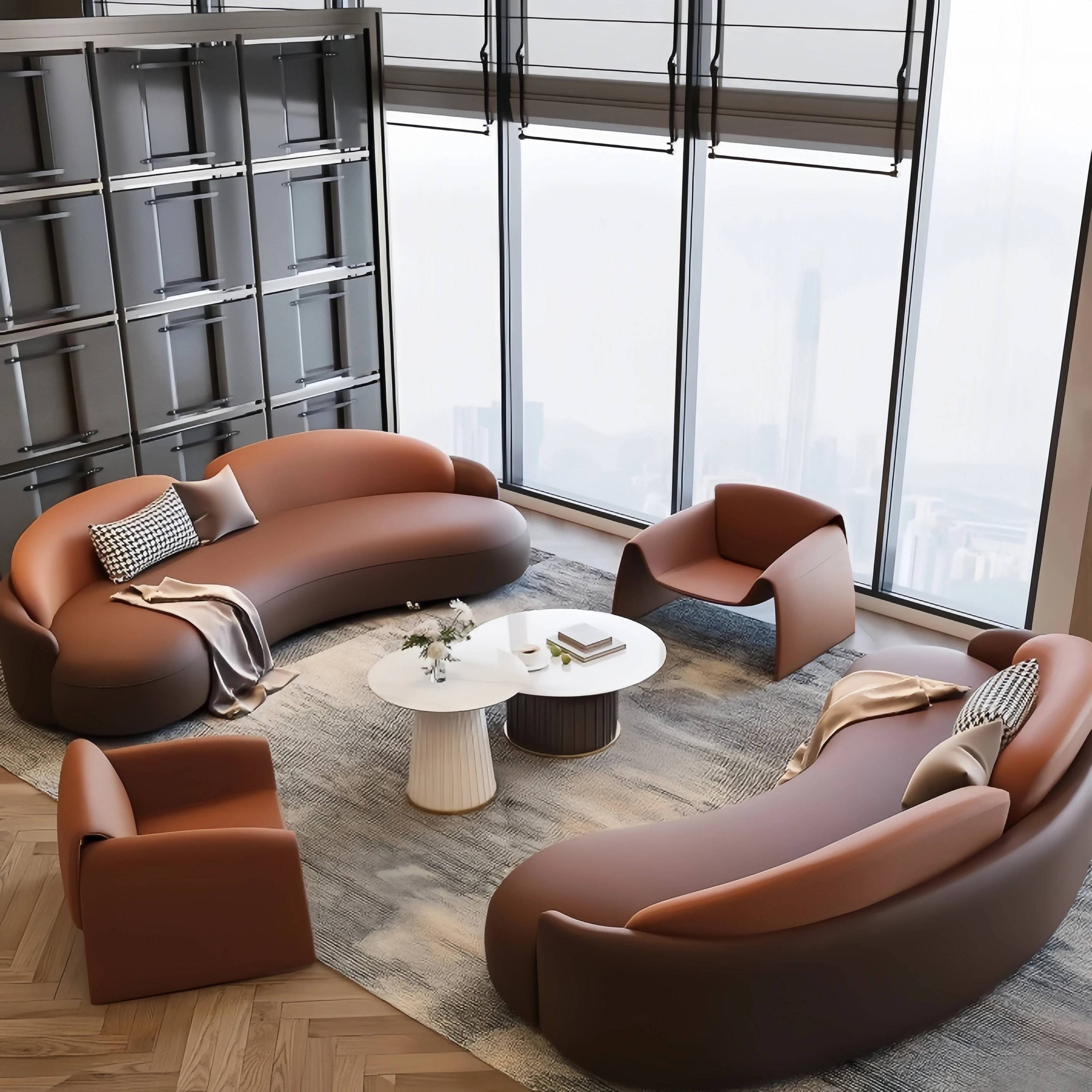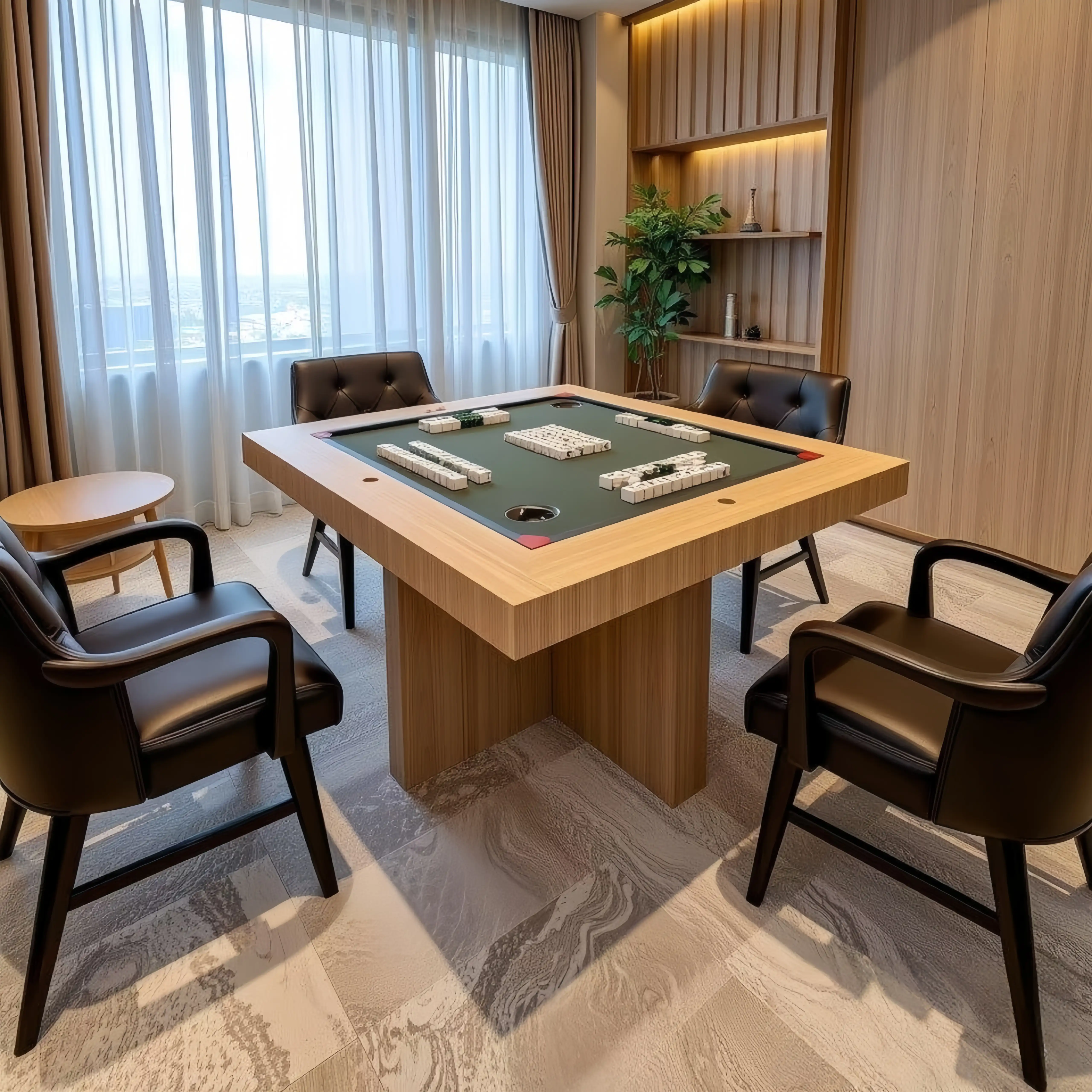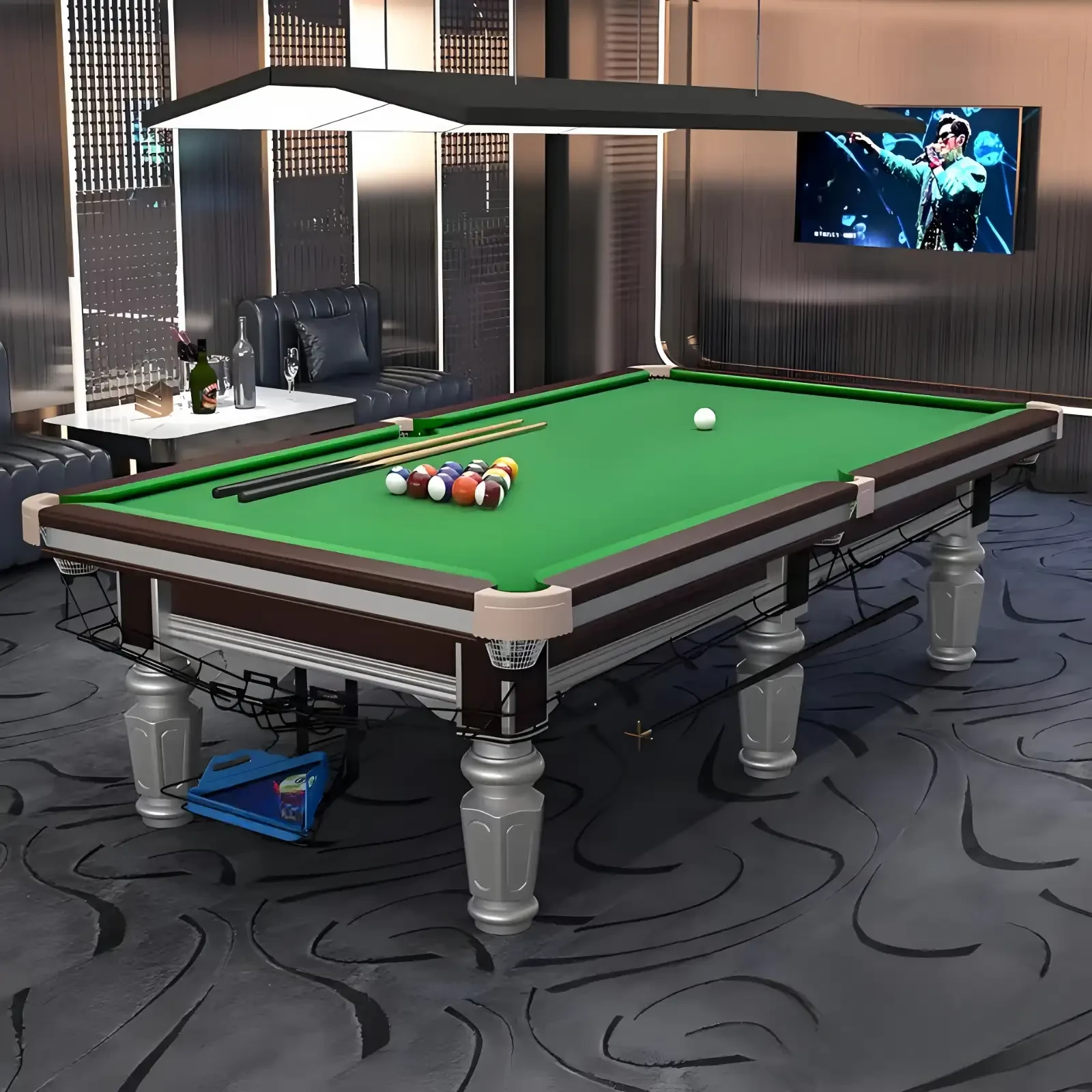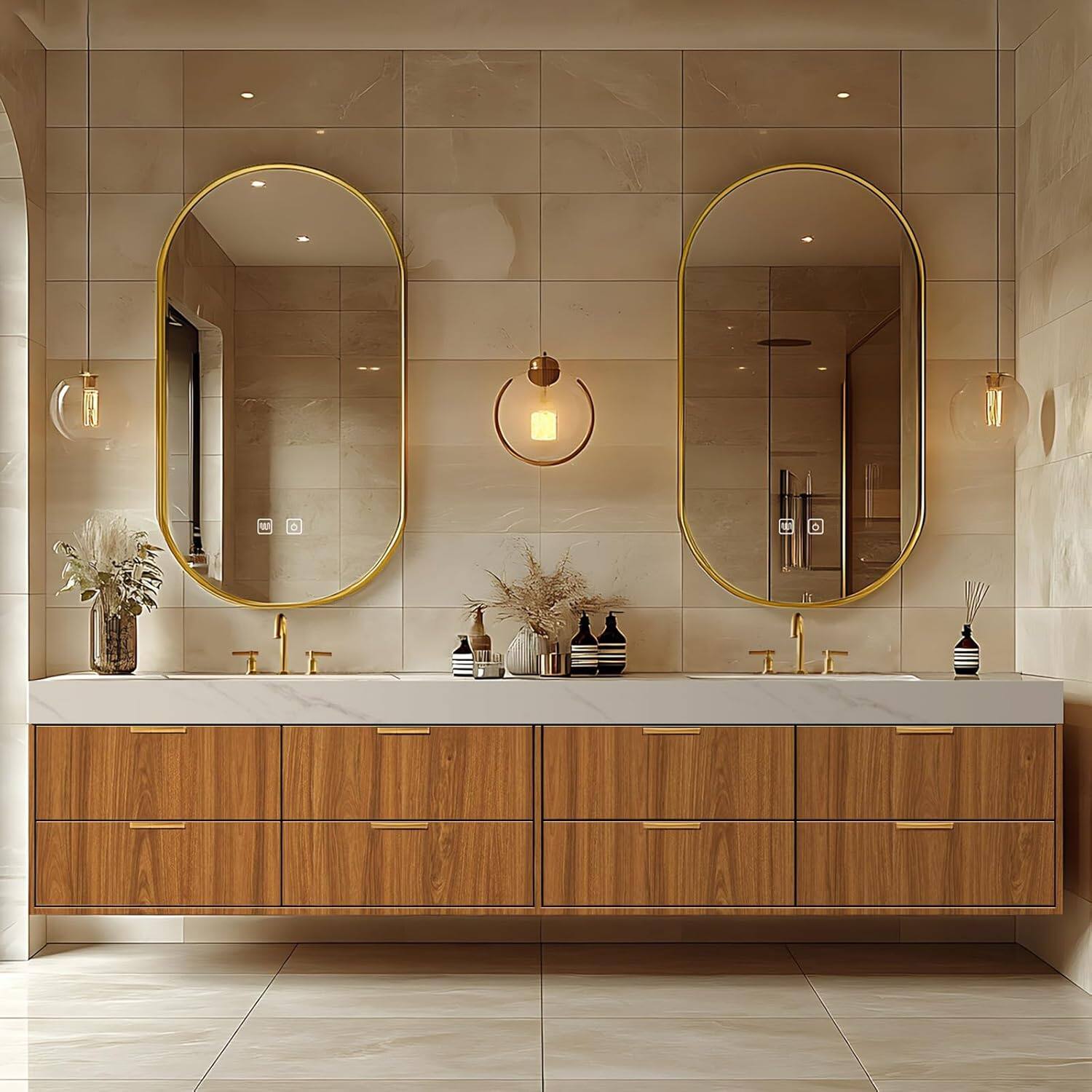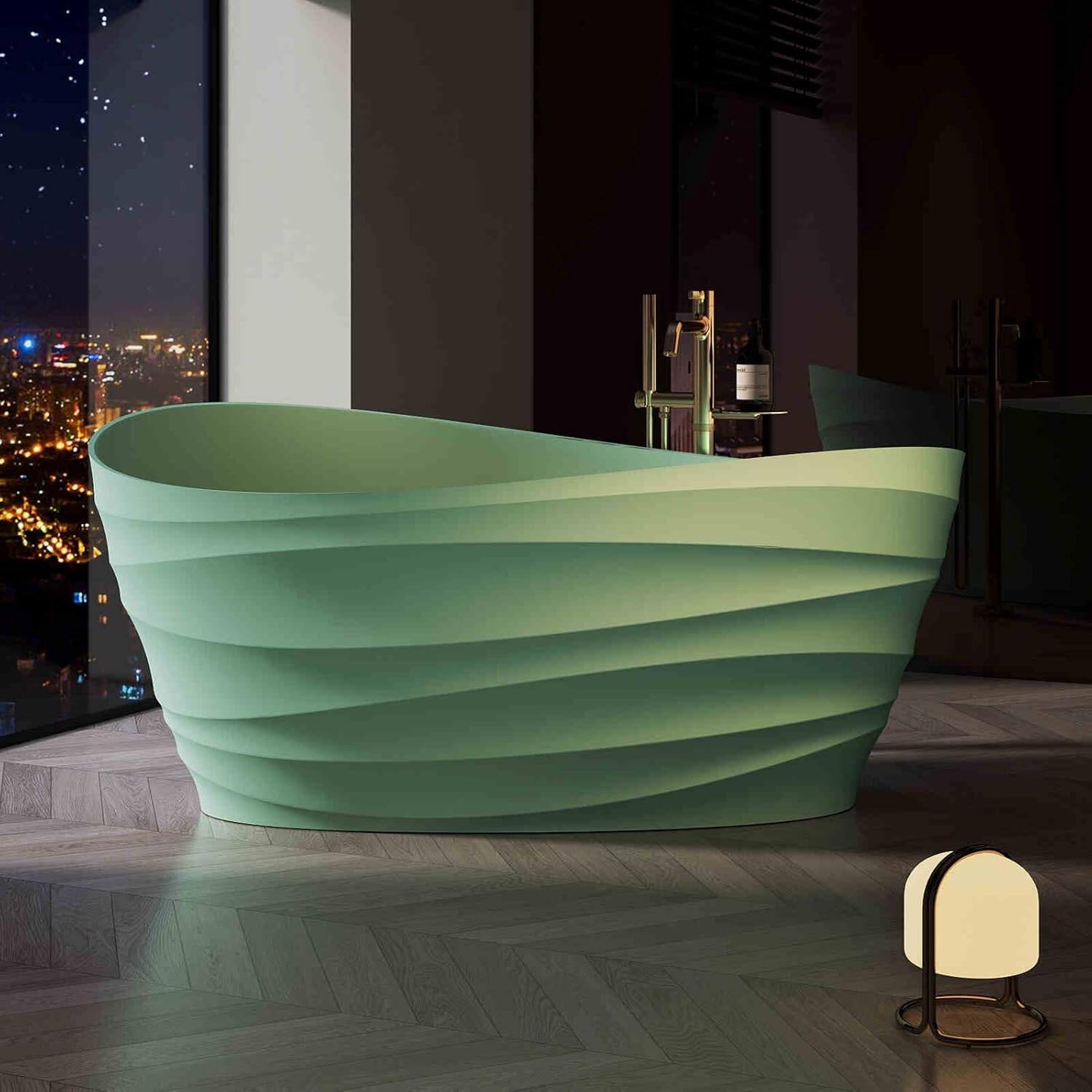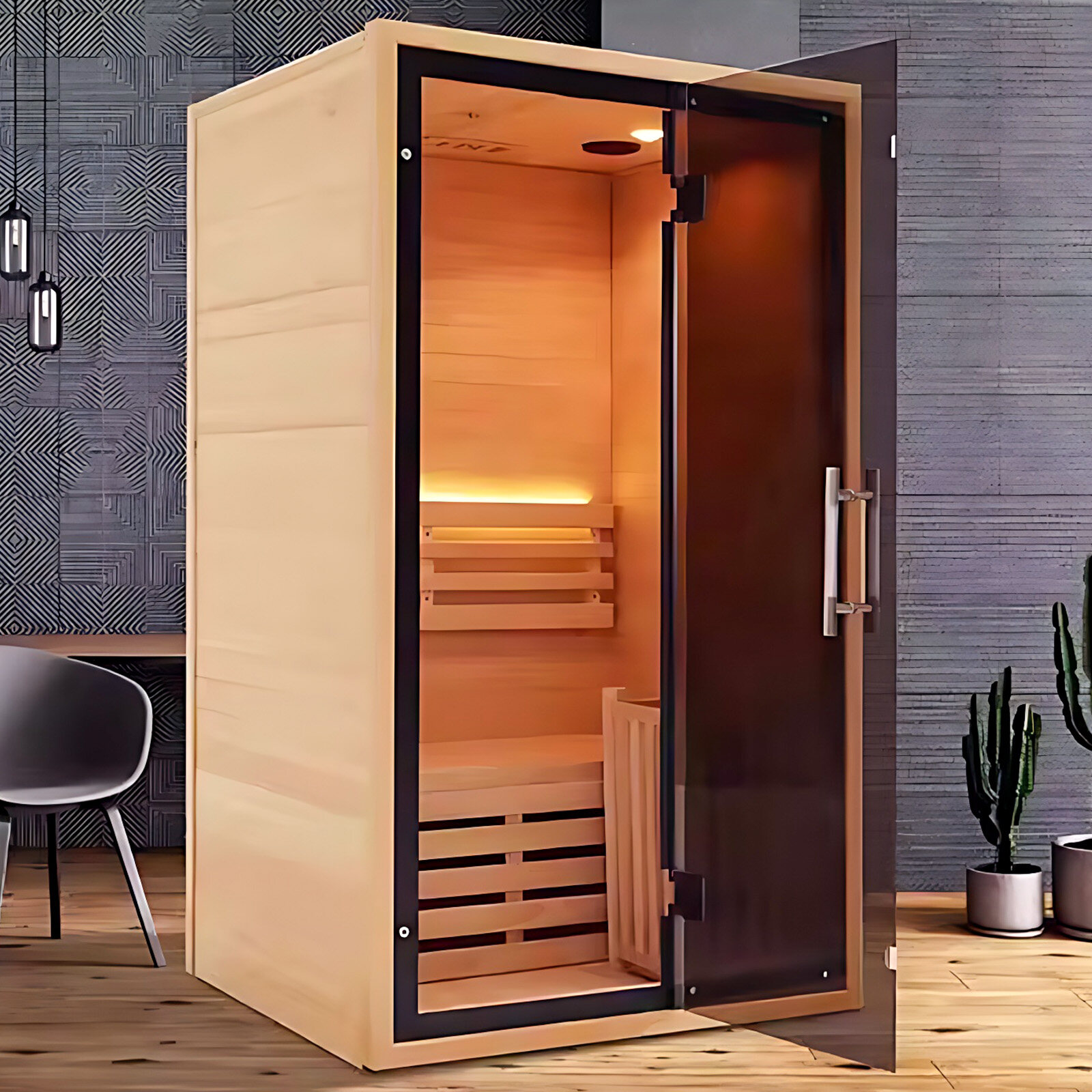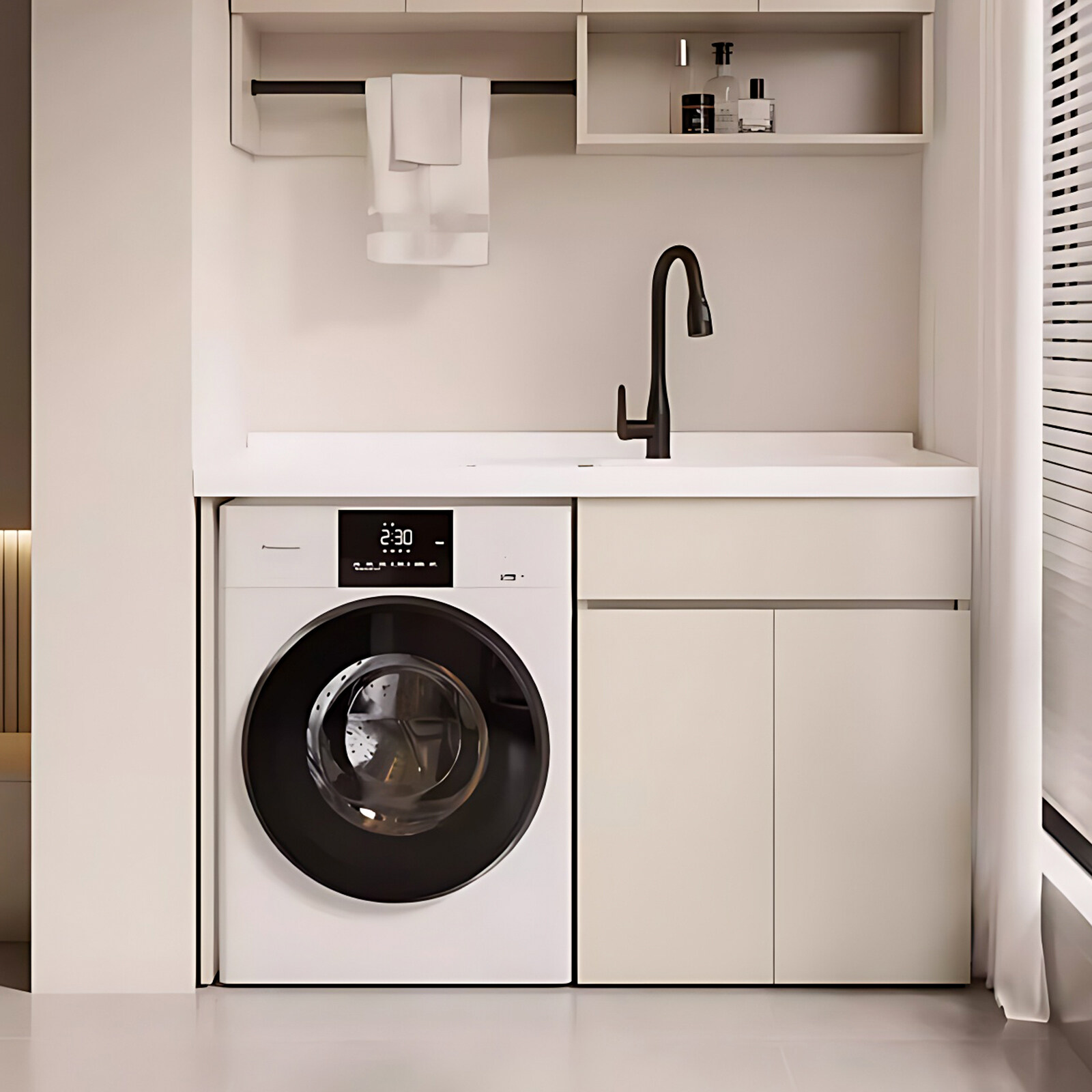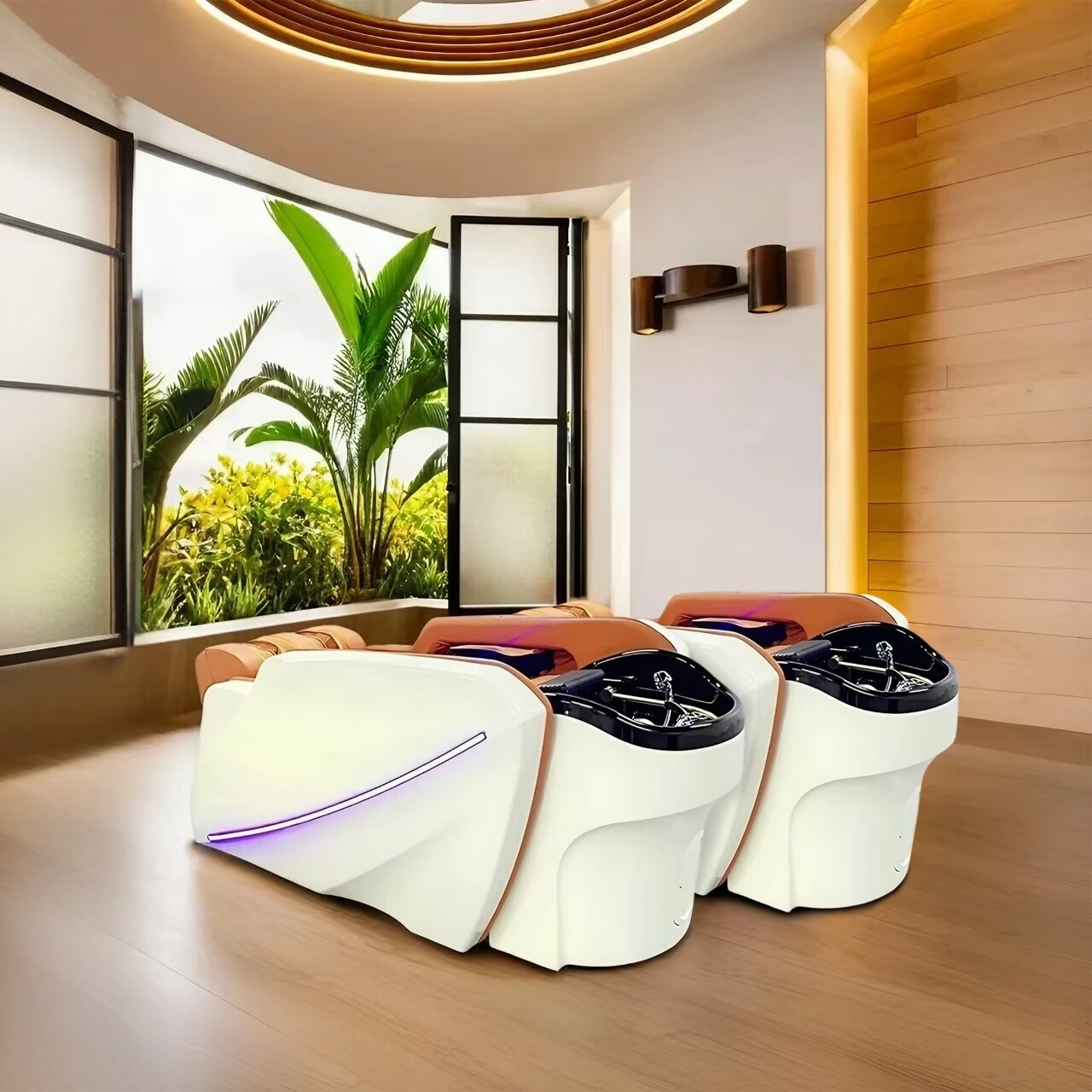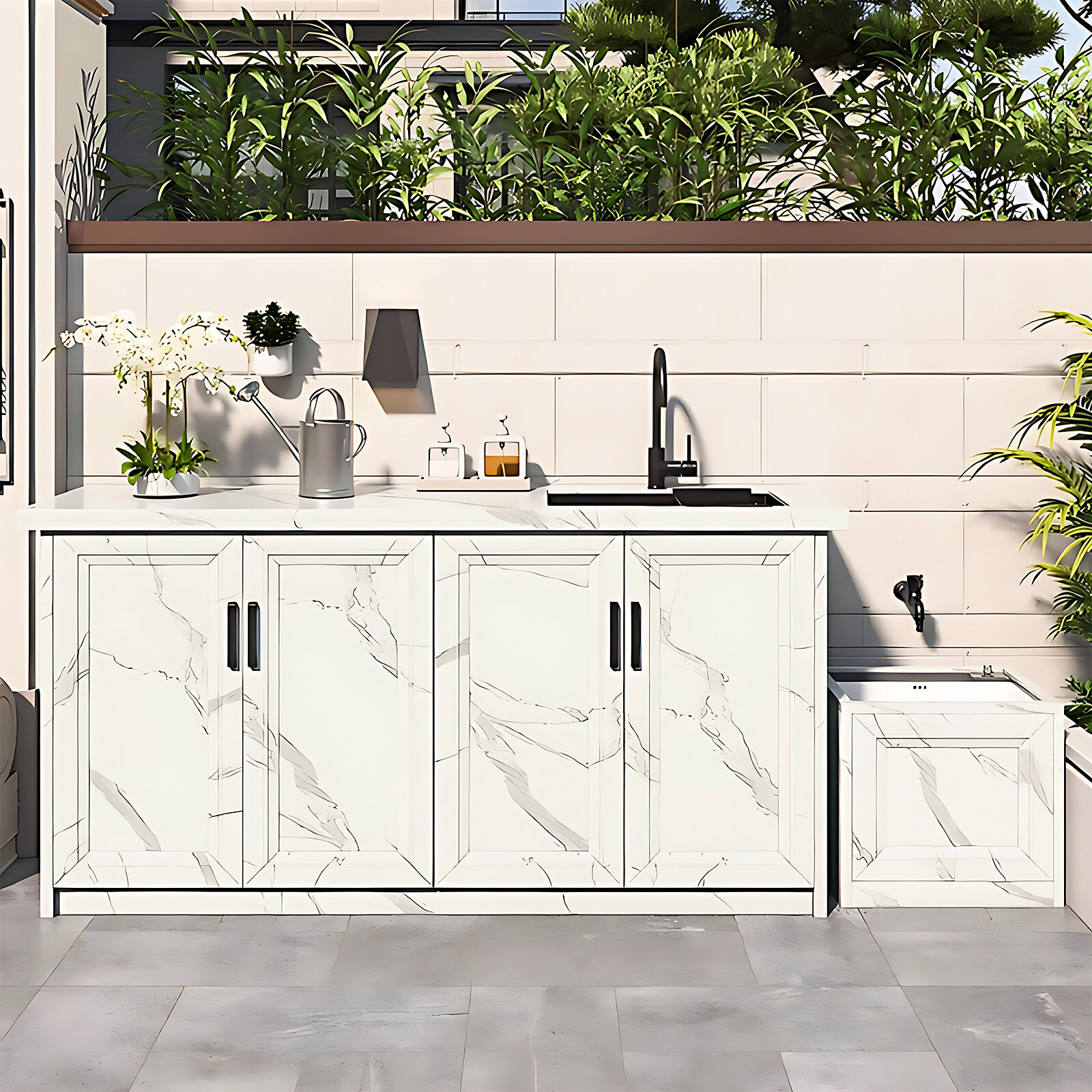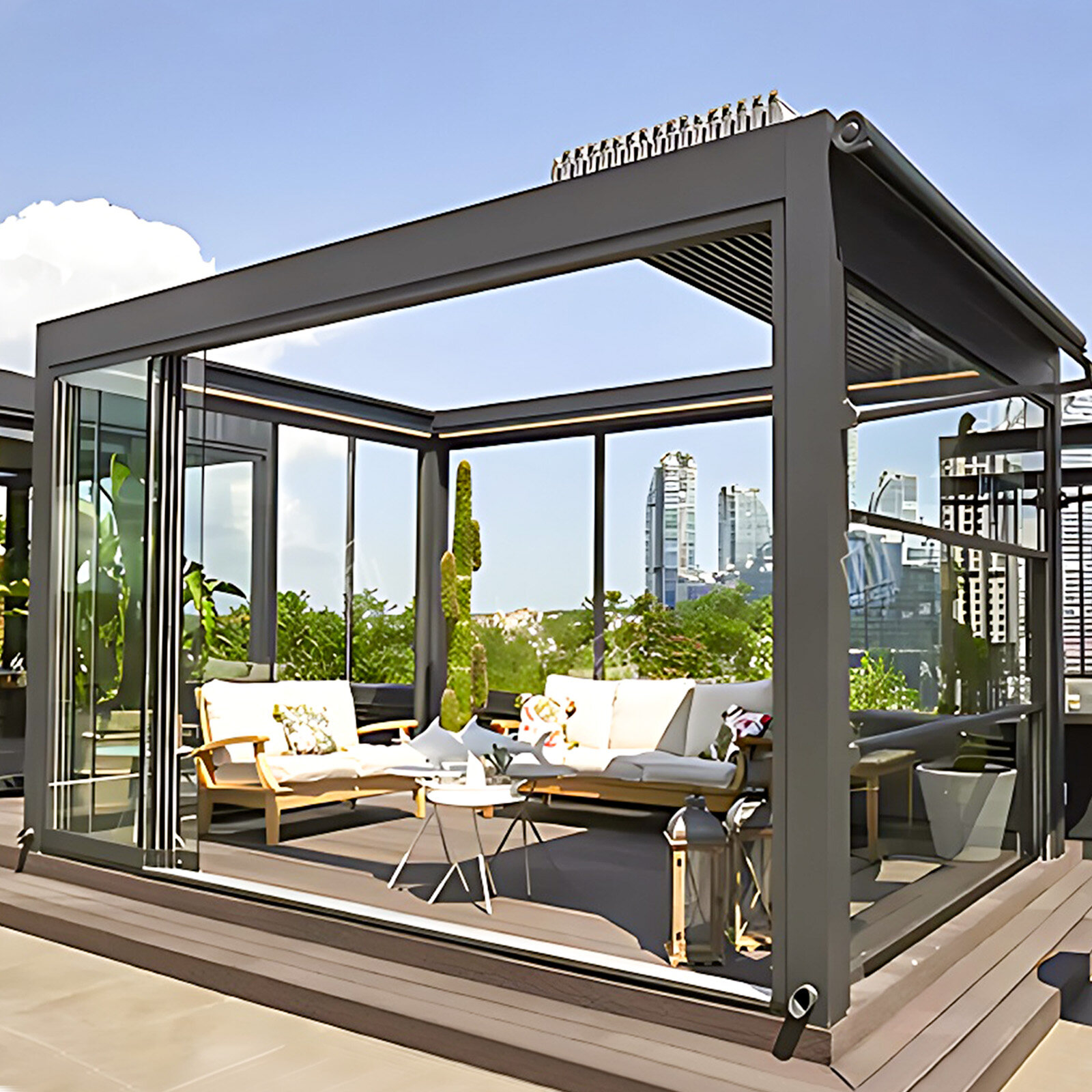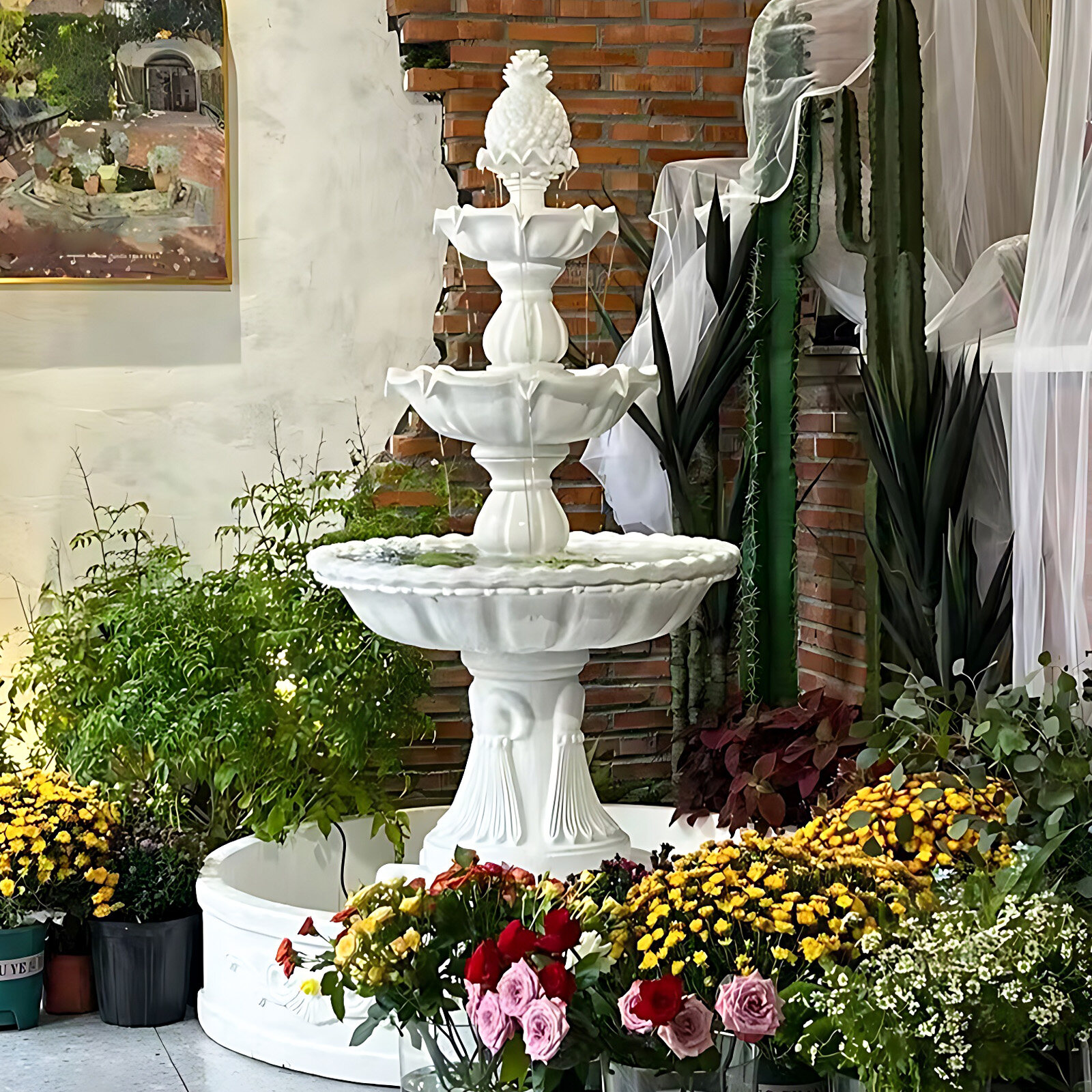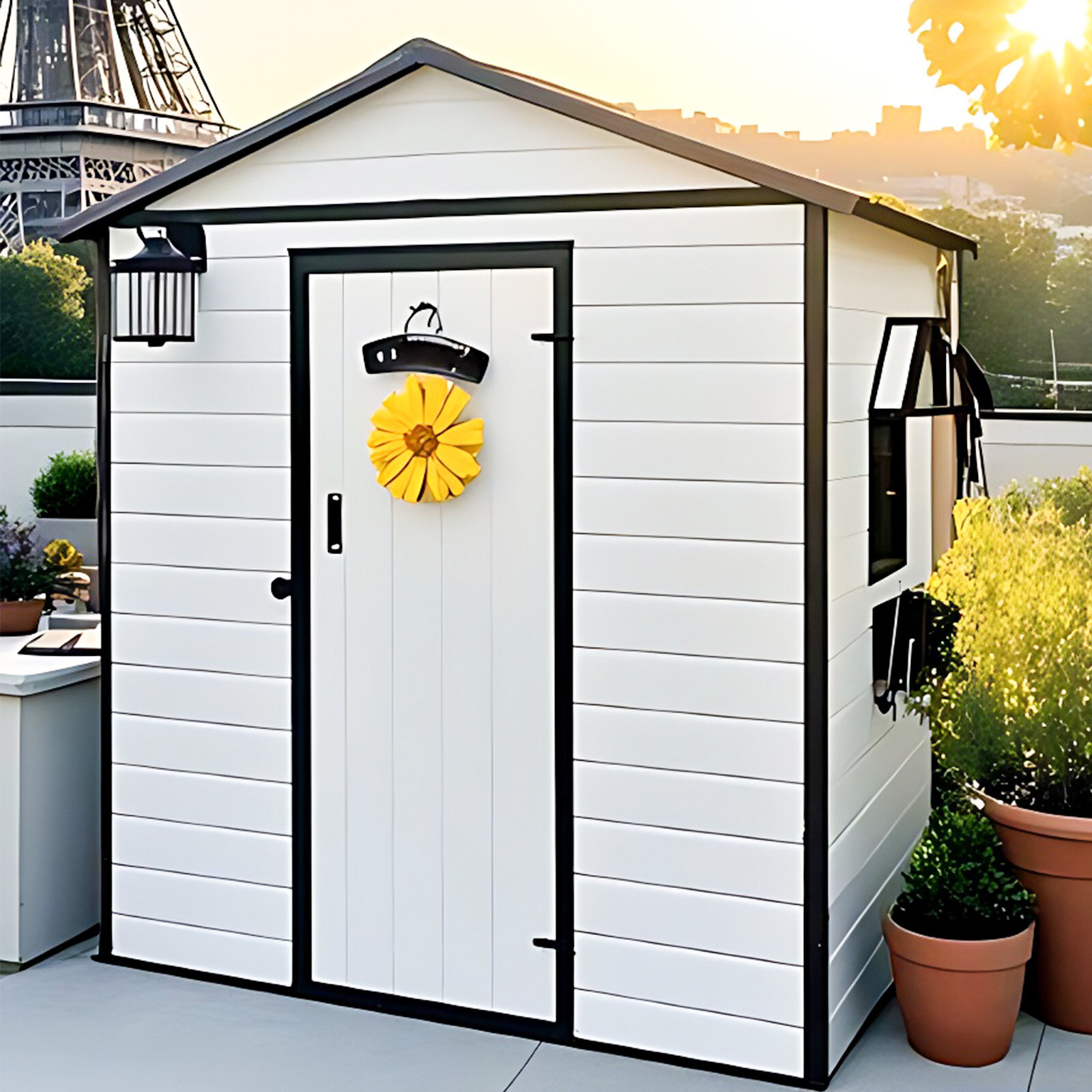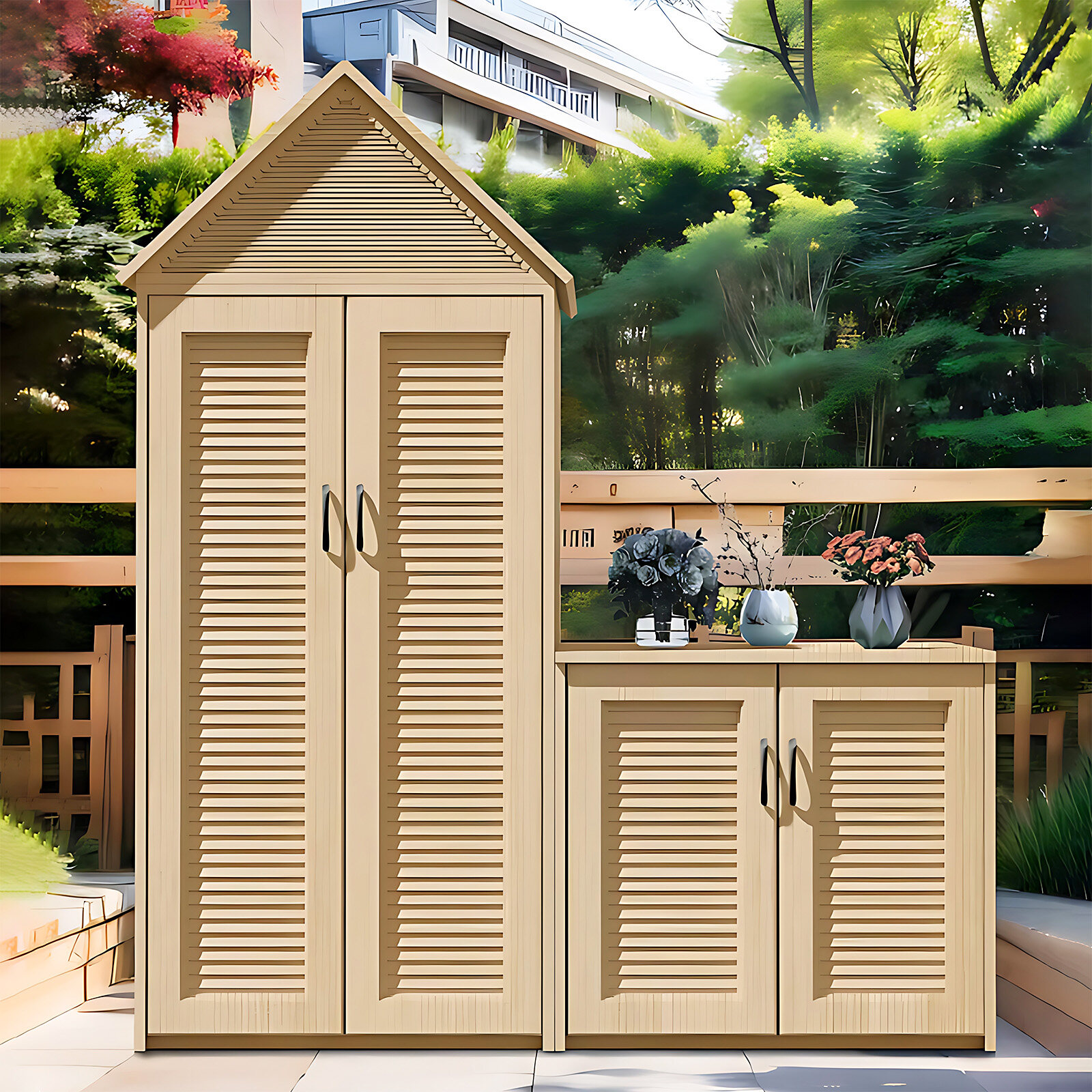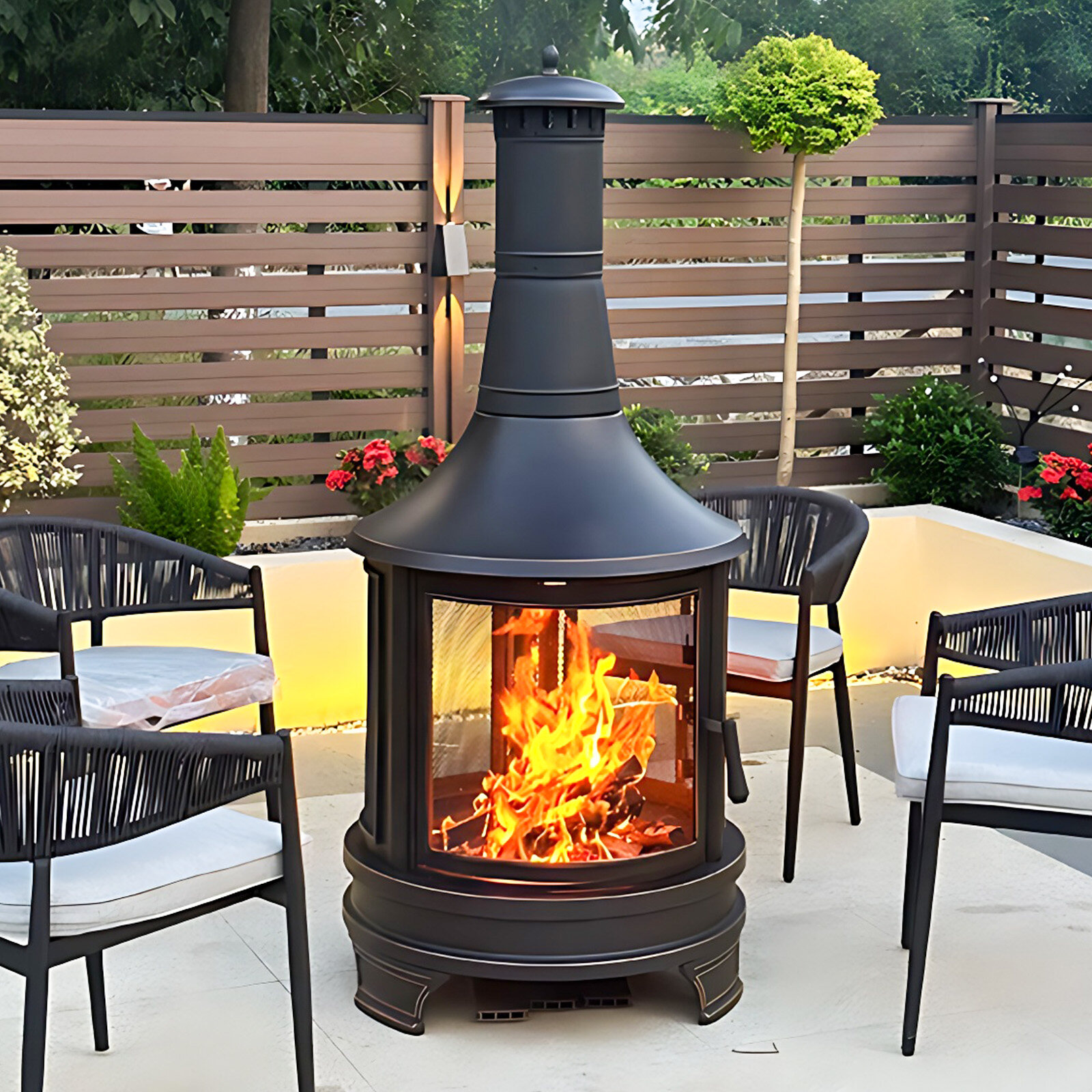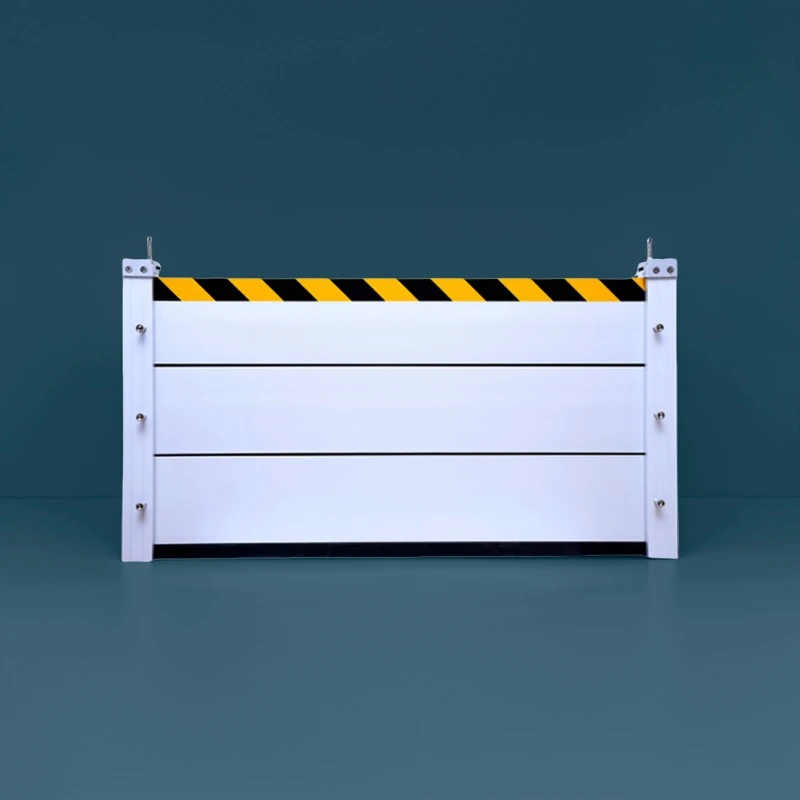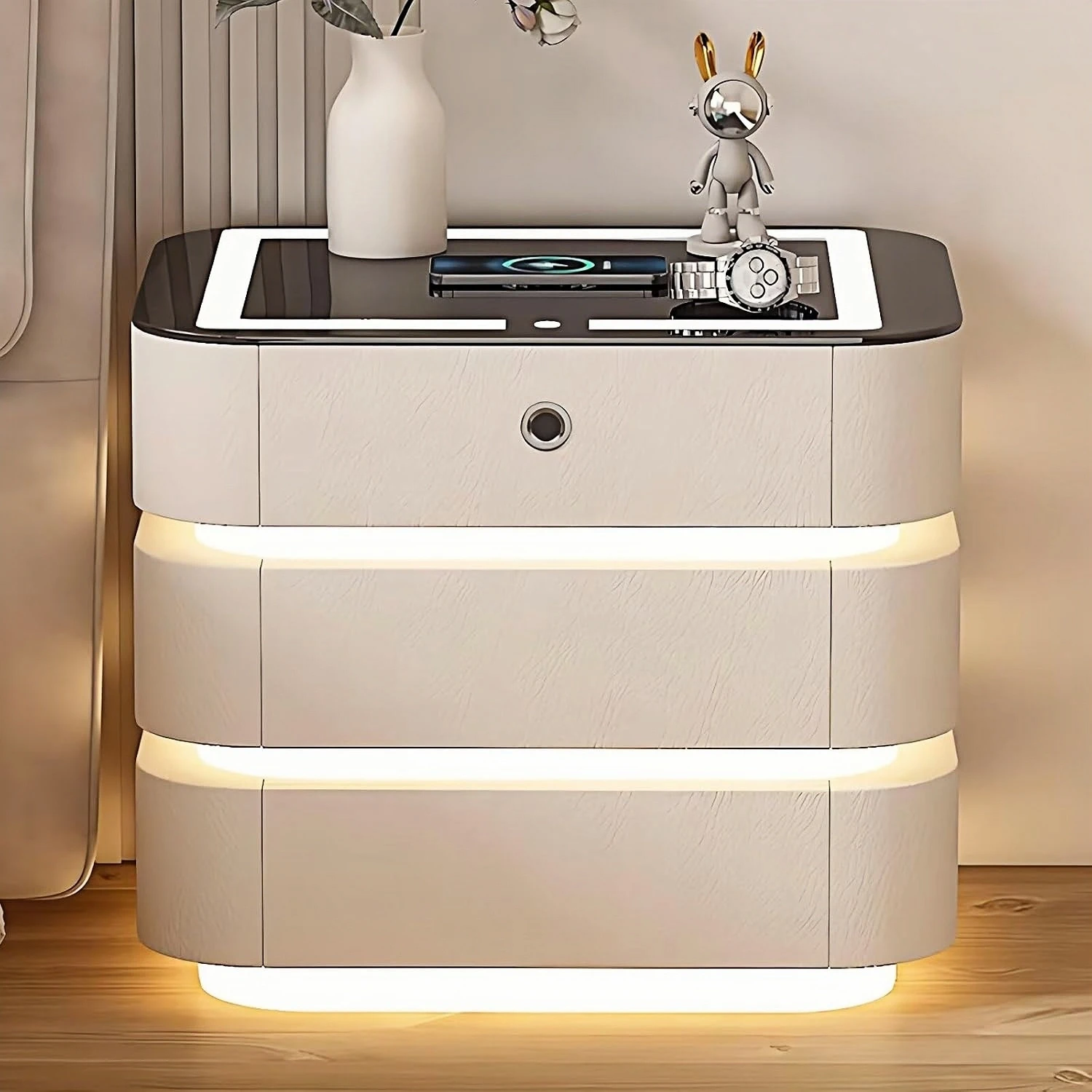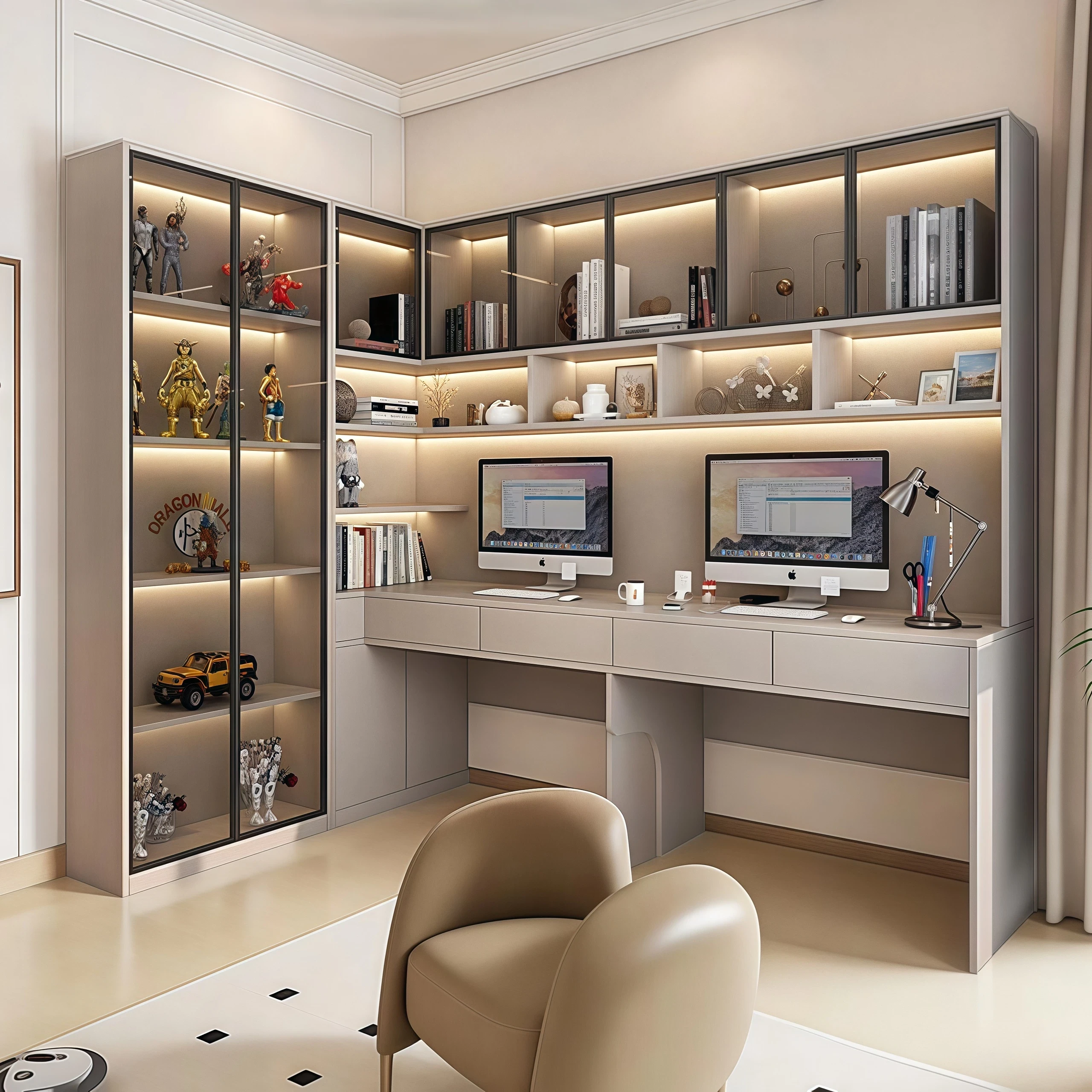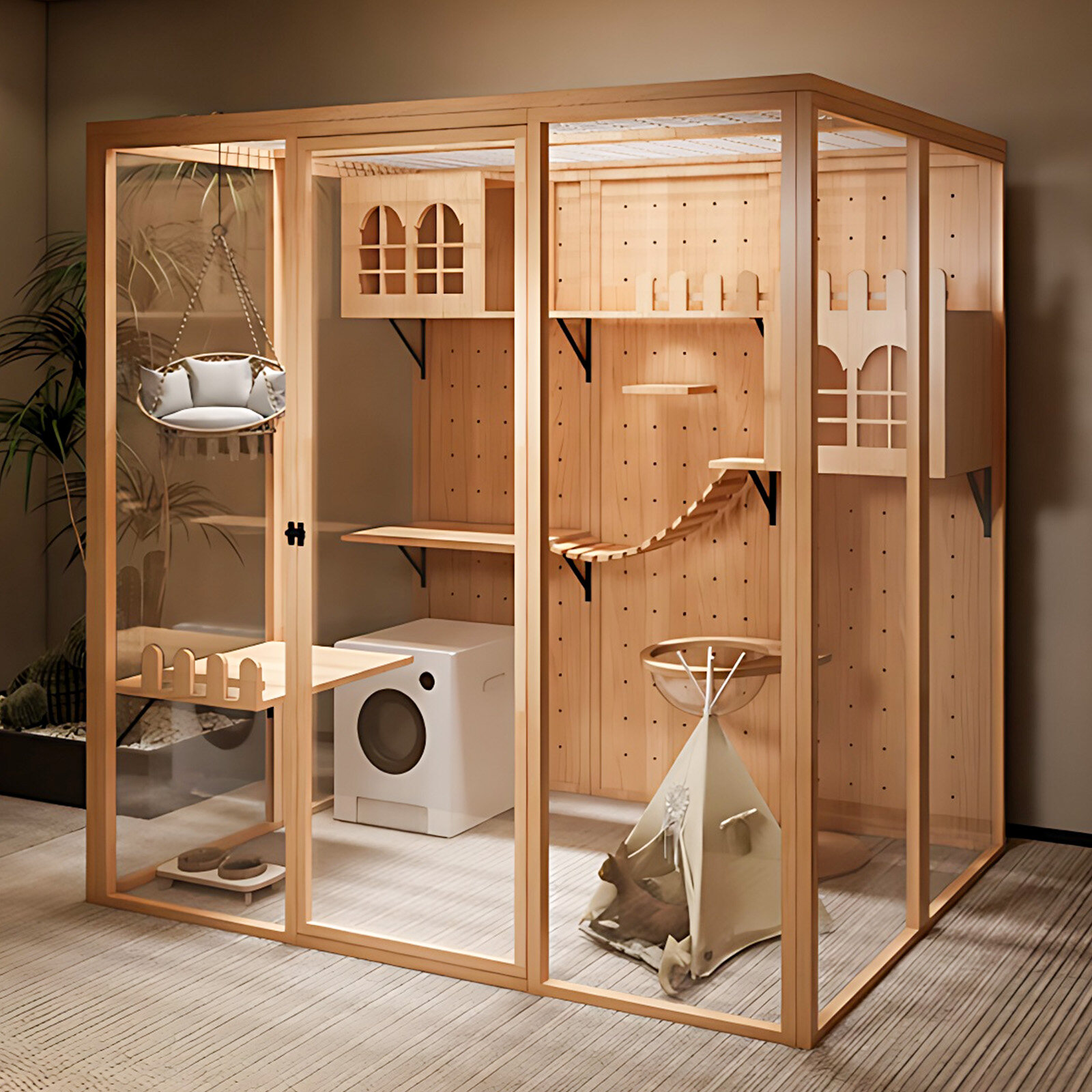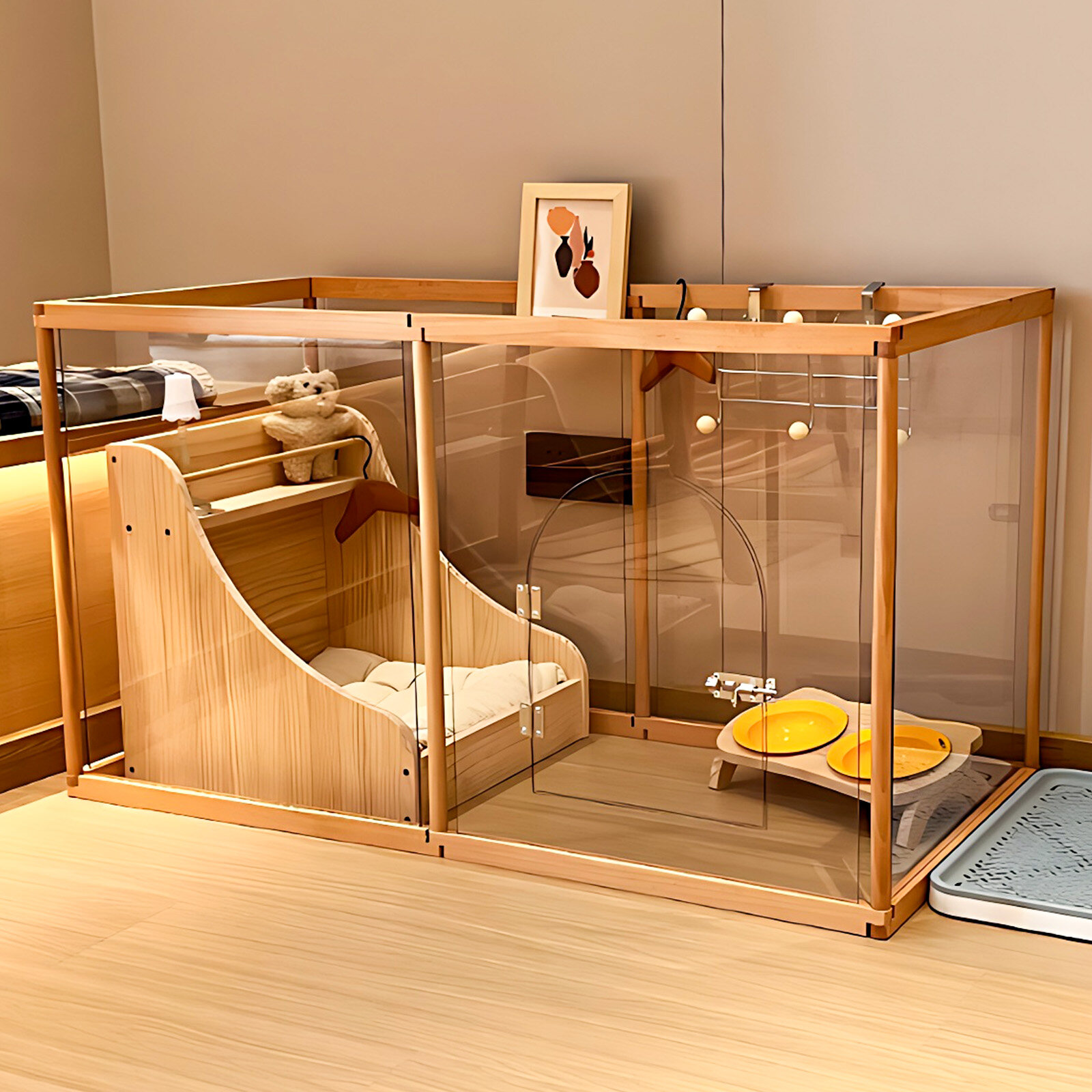Unnoticed at first, moth infestations tend to begin in remote corners where pests can multiply in secrecy. These spaces tend to be dark and undisturbed, making them ideal places for moths to hatch. And when they do hatch, the larvae are only discovered when they have done significant damage—not to mention that by the time we see any damage, the moths have laid more eggs and half a dozen stylish moth larvae are already busy chomping on our organic cotton tees.
So, understanding how to get rid of moths in the wardrobe is not only about knowing the right methods to use, but also about using them in the right places and at the right times to ensure that the wrong life stages of the moth are not present in the wrong half of our wardrobe. The appearance of moths and their secretive, quiet ways of multiplying make them a dreadful pest.
Deep Cleaning and Vacuuming as the First Line of Defense
When you discover that a moth infestation has taken up residence in your wardrobe, you must take a clear and powerful next step. This first step is not merely a quick fix but a fundamental move required for any effective long-term solution. You must empty the wardrobe, which means taking out not just clothing but also anything else in there that might be harboring eggs or larvae.
You must remove the liners, the baskets, the obfuscating tools of organization, and then you must vacuum. Vacuum every surface that might be an egg, larval, or pupal habitat. Don’t be gentle—jam that vacuum nozzle in hard. Hit every seam, crack, and joint at an angle, and don’t skip the drawers. Go deep, make multiple passes, and leave nothing for the moths to cling to.
Emphasizing the Importance of Fabric Care and Rotation
The proper care of clothing plays a vital role in reducing moth activity, especially since moths are attracted to garments that have been worn but not laundered before storage; these contain the kinds of protein-rich residues that larvae love.
To keep moths out of your wardrobe, the council recommends washing every item of clothing, including the ones made of natural or blended fibres that moths love to make their homes in, and then making sure the item is fully dry before it is stored.
Also helpful is shaking things up every month, including off-season garments. Even more helpful is making sure there is space between stacks of folded clothing when it is in the drawer so that the folded stacks don’t become the kind of dense area that moths love.
Managing Environmental Conditions Inside the Wardrobe
Want to make your wardrobe a moth-free zone? It all starts with controlling the environment inside. Here’s how to get rid of moths in the wardrobe by tackling their favorite condition: humidity.
- Let it breathe
Crack the wardrobe doors open regularly. Good airflow keeps moisture levels down—moths hate that. If your room has decent ventilation, your clothes will stay as dry as the air around them, without getting musty or stale.
- Seasonal check-ups
Peek behind drawers and check corners for trapped dampness. Look for leaks, condensation spots, or anything blocking airflow. Moths thrive in hidden, stagnant pockets—don’t give them the chance.
Pro tip: Pair this with vacuuming (really dig into those seams!) to wipe out any eggs before they hatch.
Creating a Long-Term Maintenance Routine
The last part of effective moth control is establishing a preventive maintenance routine that becomes part of your regular home organization, just like dusting, vacuuming, and cleaning in hard-to-reach places. These are the assumed parts of a home maintenance routine.
A moth control routine isn't much different, except the maintenance is every few months in conjunction with the seasonal wardrobe inspection, and we inspect heavily the seams and linings of clothes and the insides of bags and boxes. Another obstacle for moths is having your clothes in clear, breathable containers, which are not dark, mysterious corners.
But even if moths do get in, they won't stick around very long, let alone multiply, if the reduced clutter and light in these clear containers don't disorient them, and the steady inspection by moth control personnel doesn't find them in time to mount a successful invasion.
The Expansive Custom Wardrobes with Multi-Layered Space Wood Style Armoire merges modernity and functional design. Its panels are exactly 18 millimetres thick—no less, no more. It has a superstructure, a substructure, and a built-in shoe closet. You may partition it in whatever way you please: seasonal, multi-use, or otherwise. Its recessed handles are a design touch straight out of that girl's prayer for Helmut Lang. If the girl in question is praying for something.
Recommendation
For anyone seeking to ensure their clothes remain in a moth-free space, the storage solutions at Suncharm are not only modern and functional but also quite beautiful. Since there is rarely a "one-size-fits-all" solution when it comes to organizing interiors, Suncharm appears to understand the various ways in which its clientele might need or want to utilize available space. They accordingly offer both a robust selection and semi-custom options for their cabinetry and wardrobe systems.

 USD
USD
 GBP
GBP
 EUR
EUR
